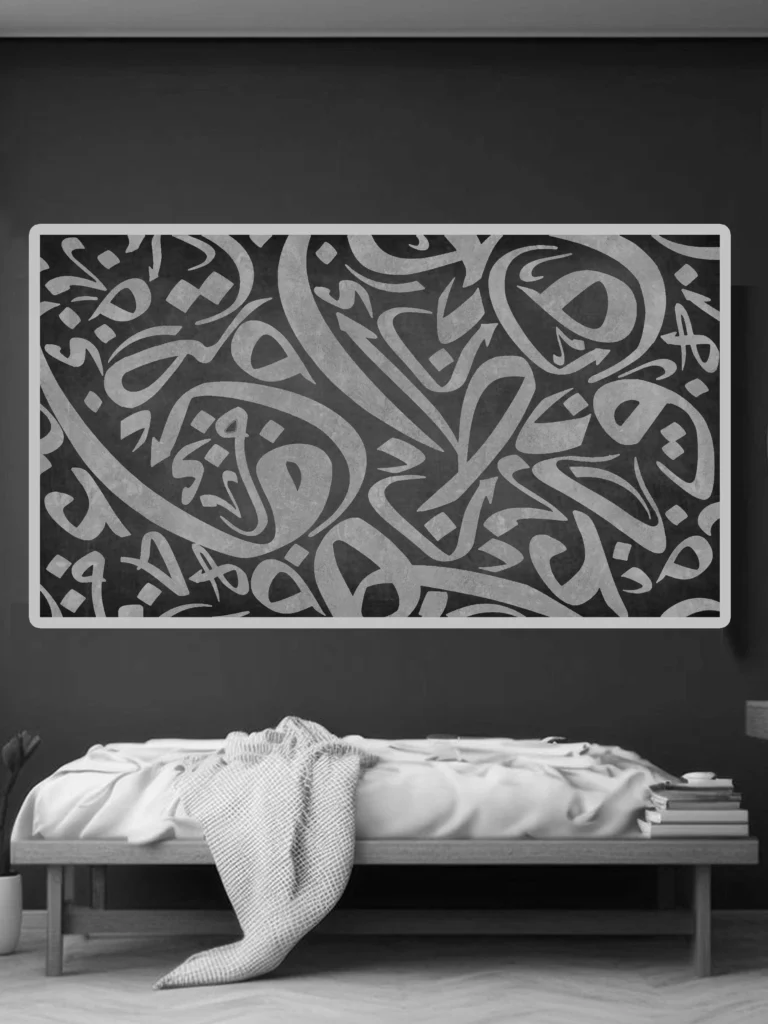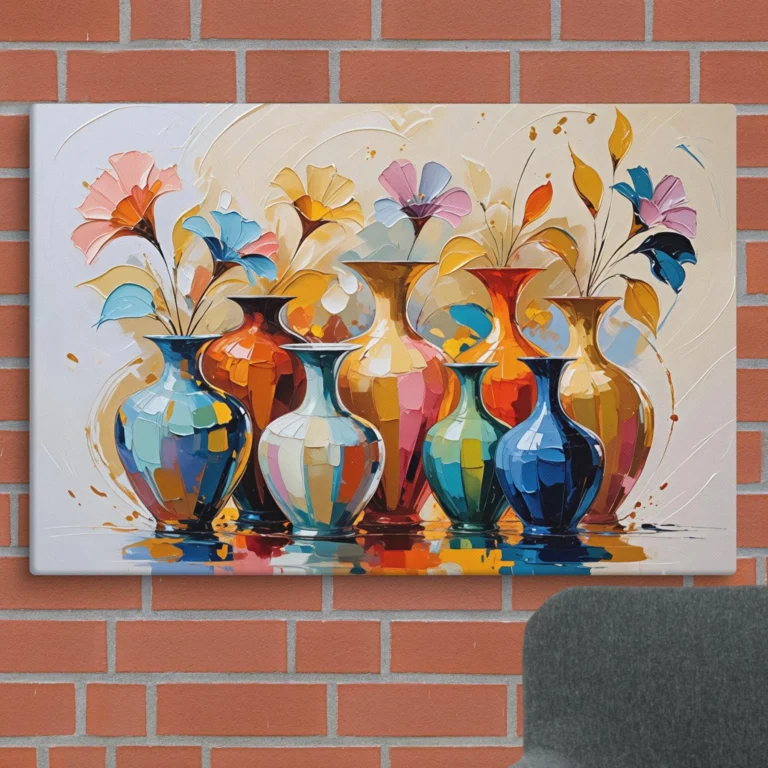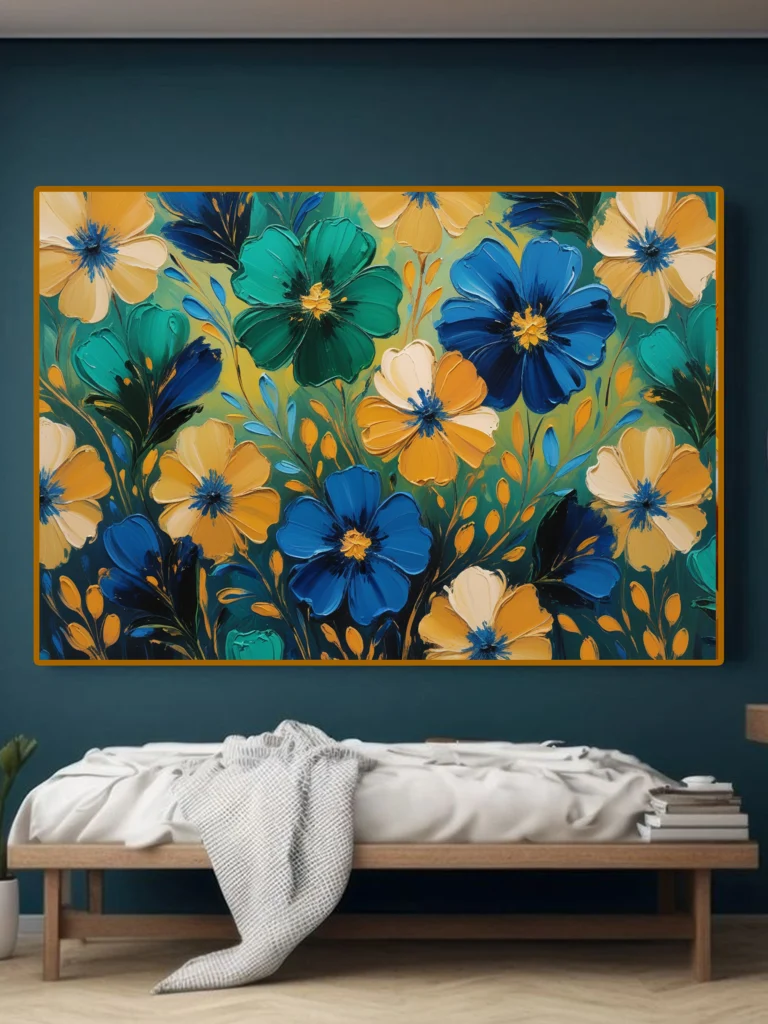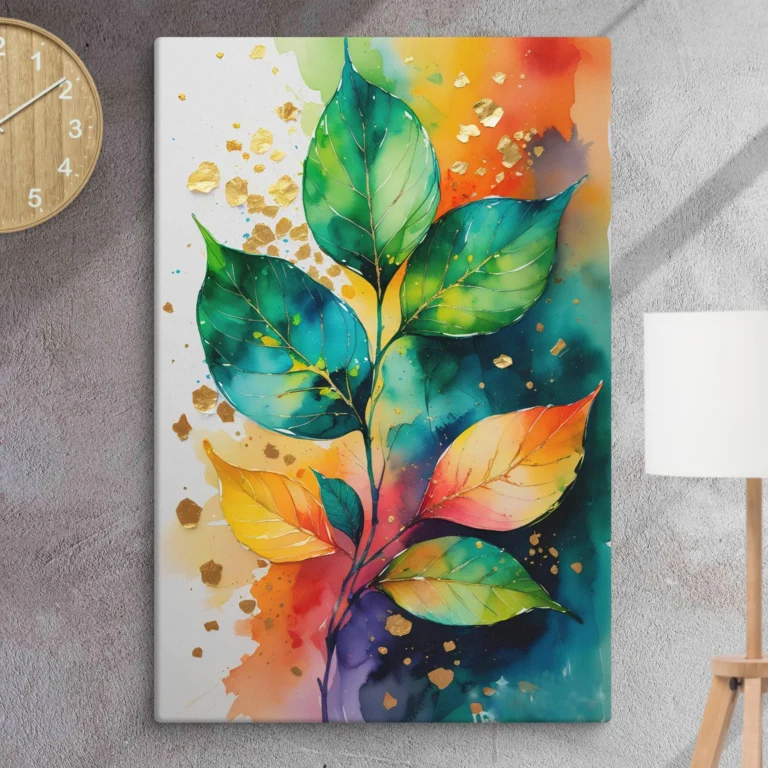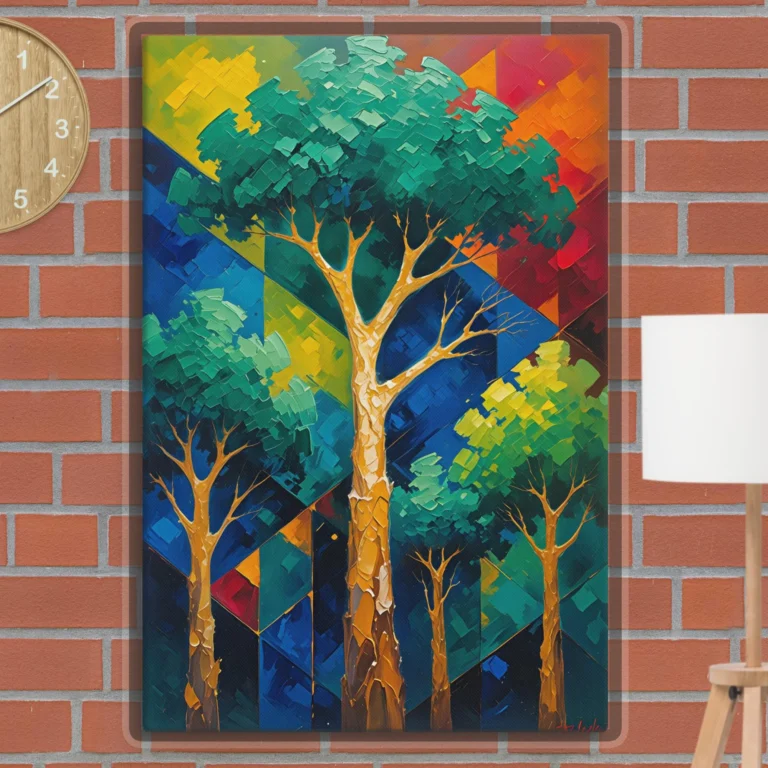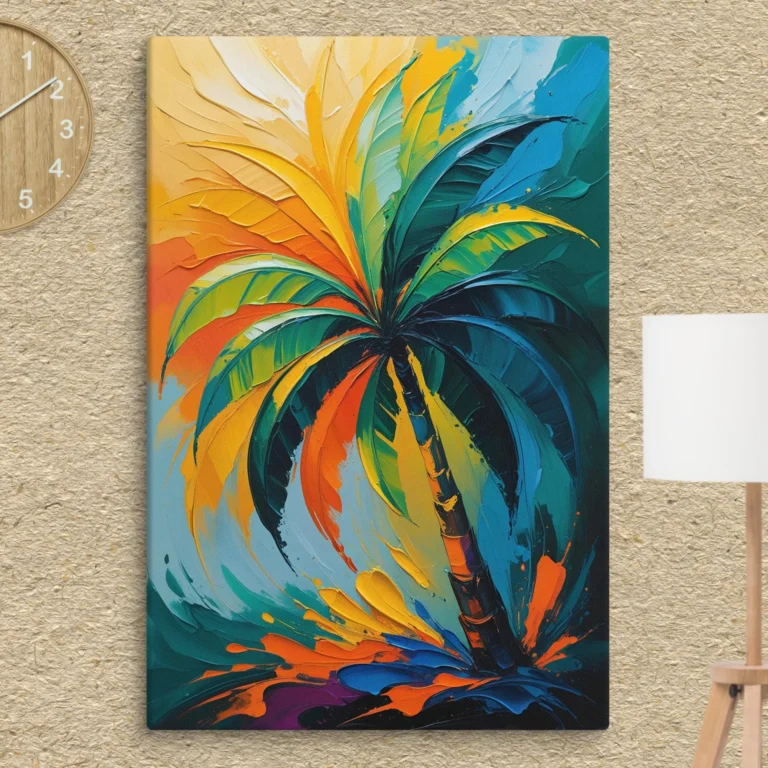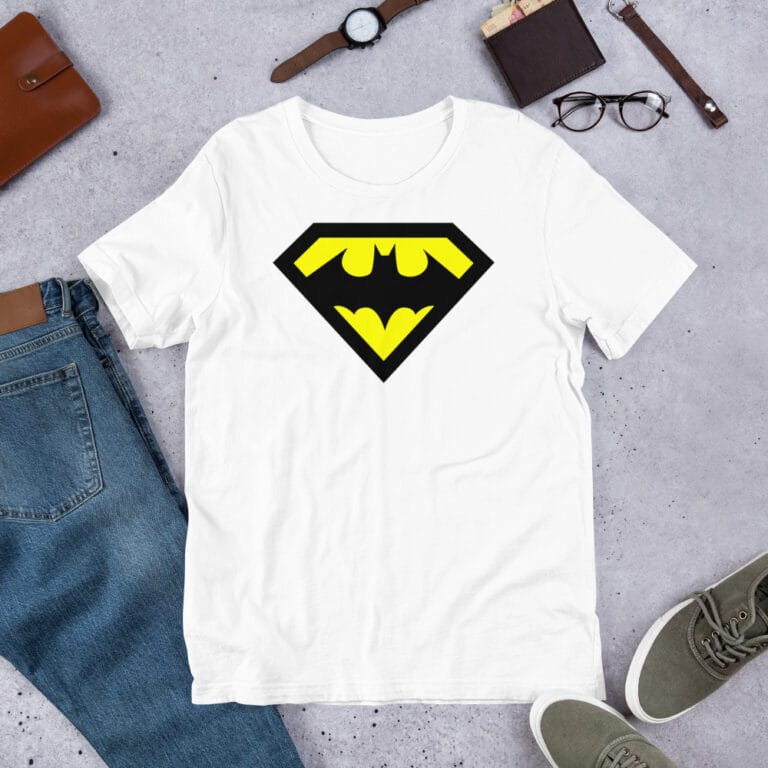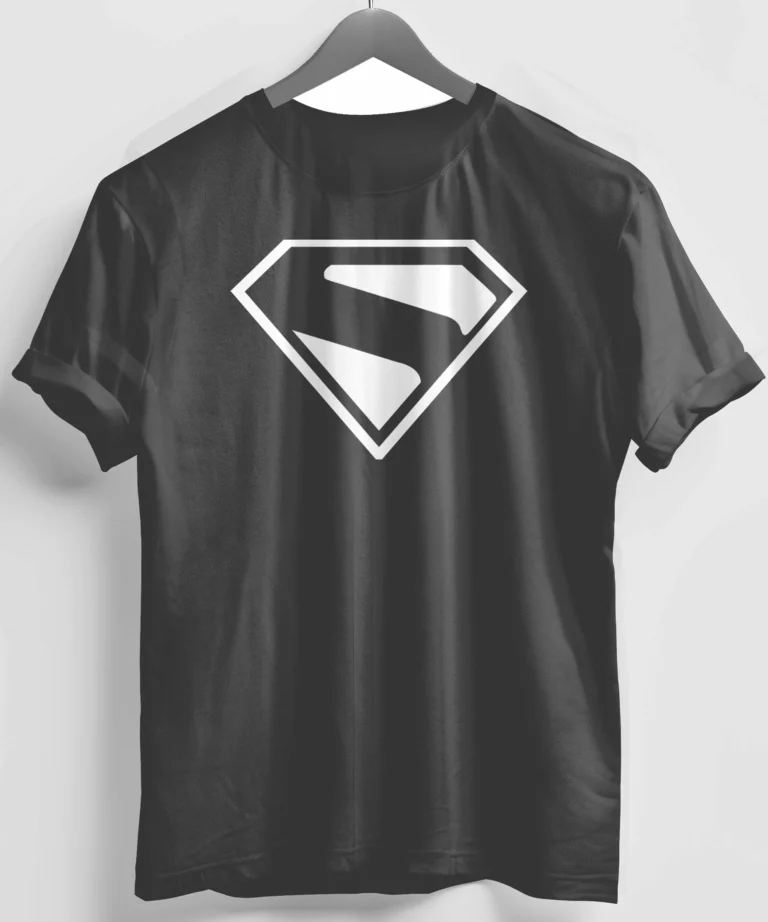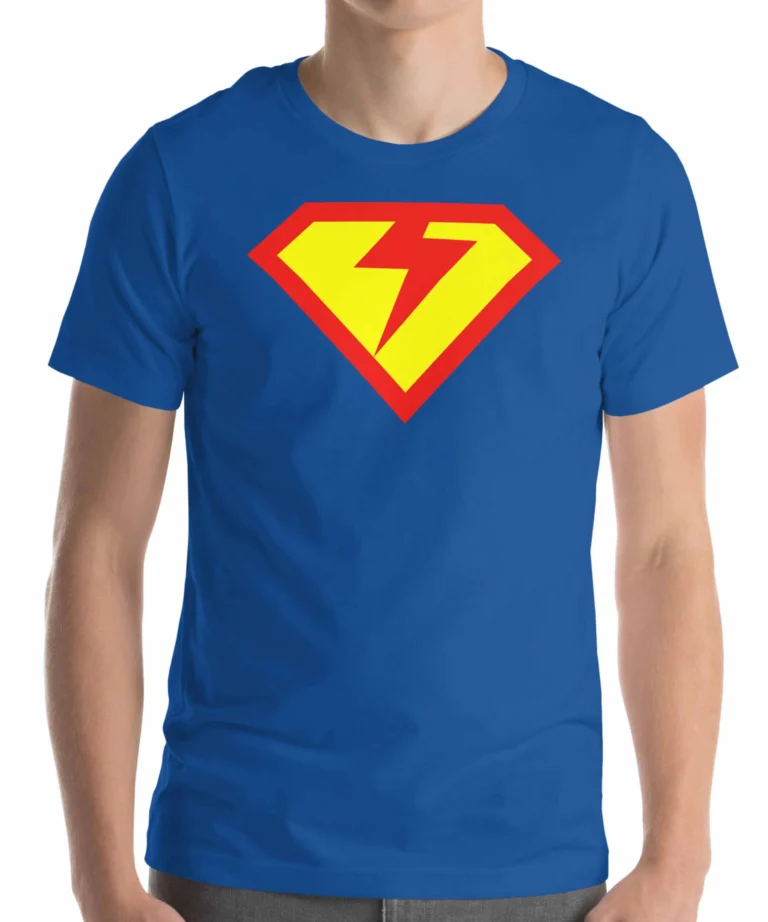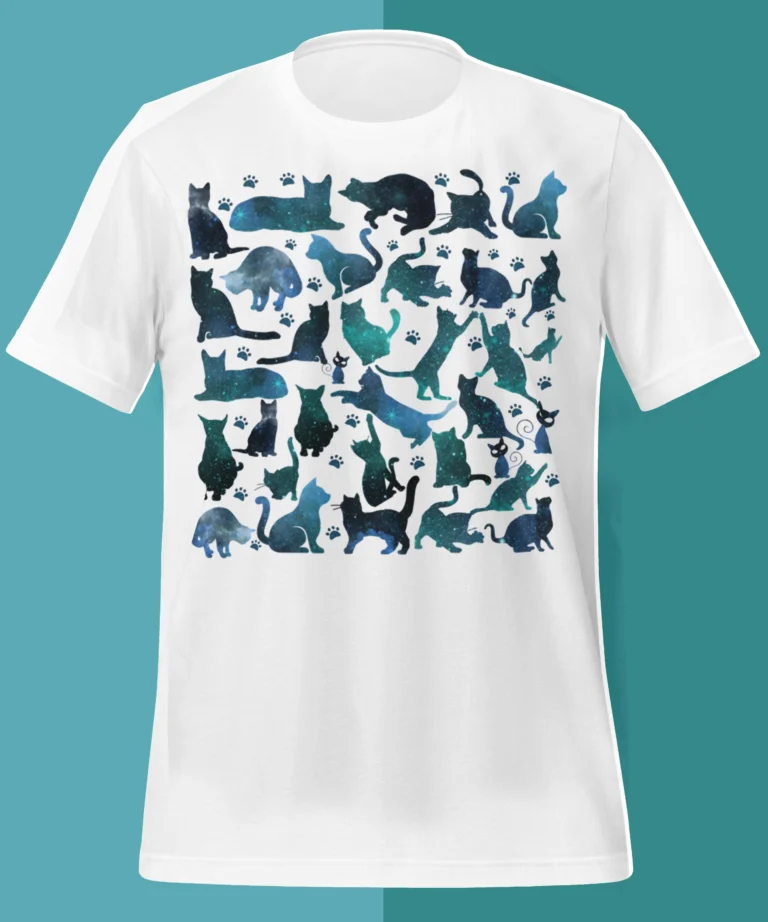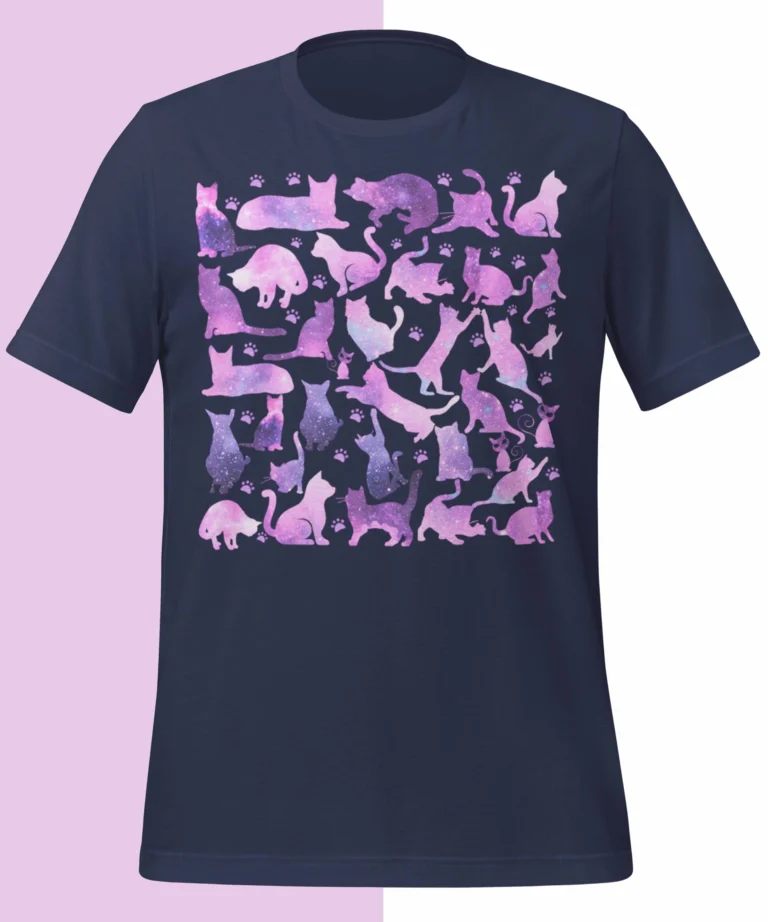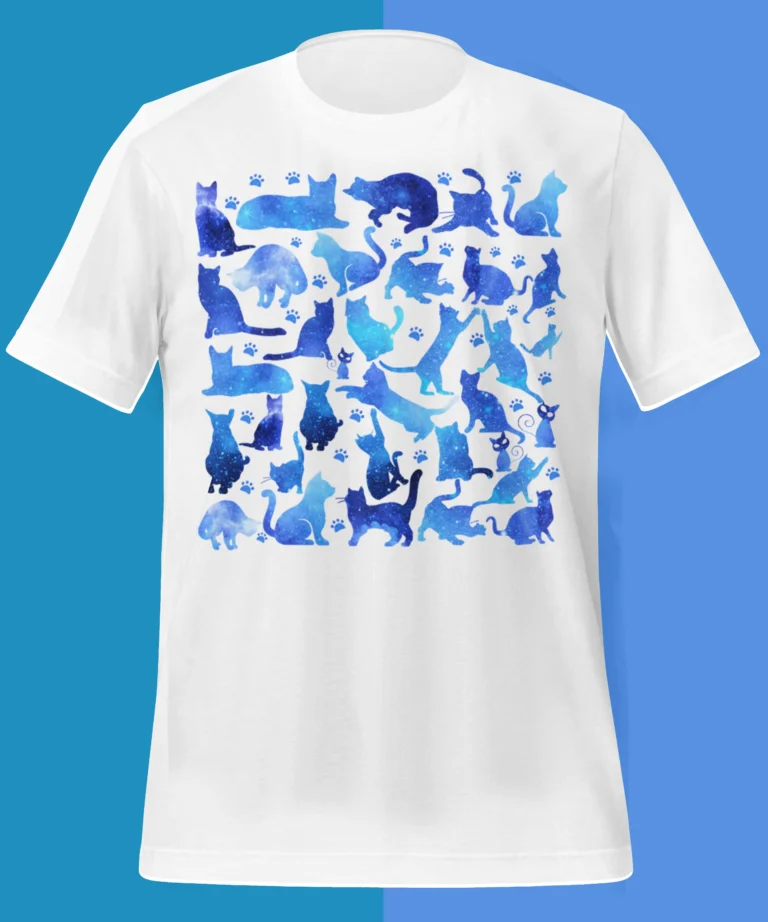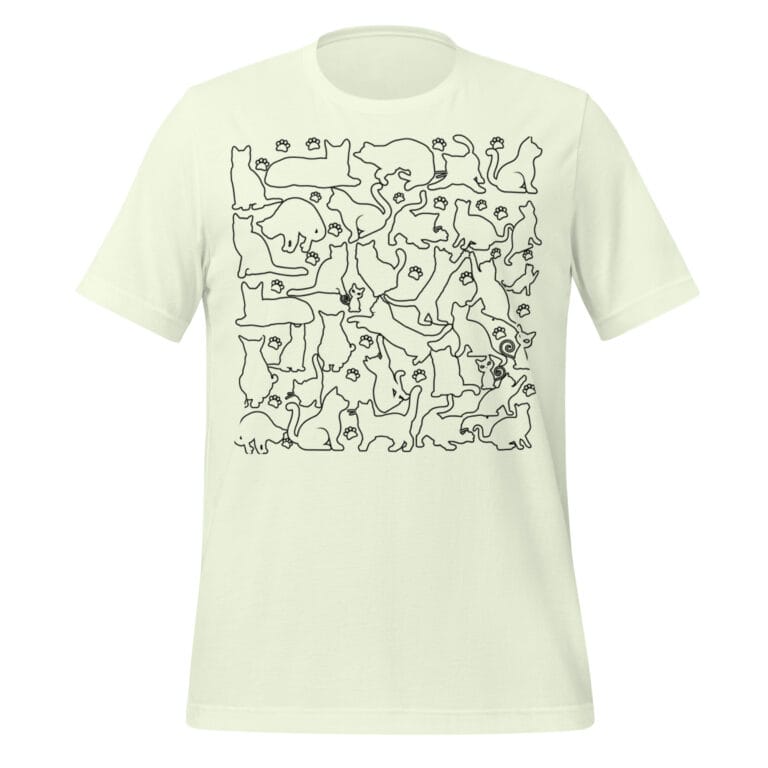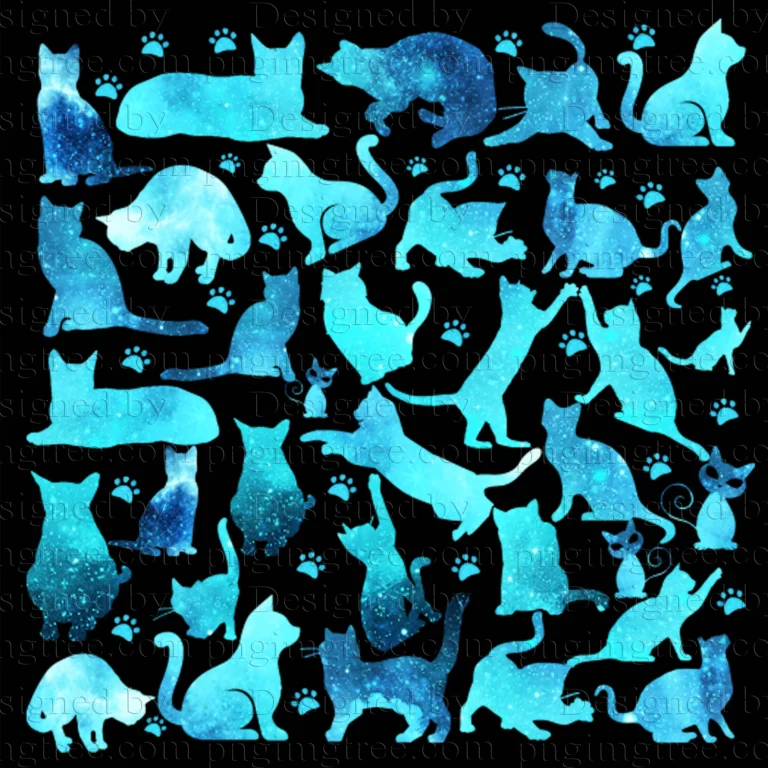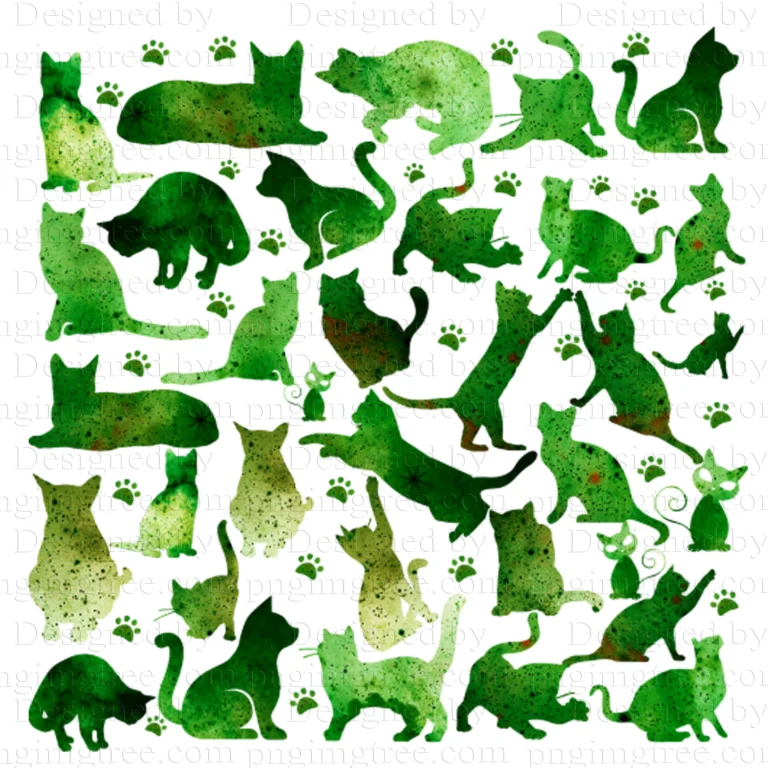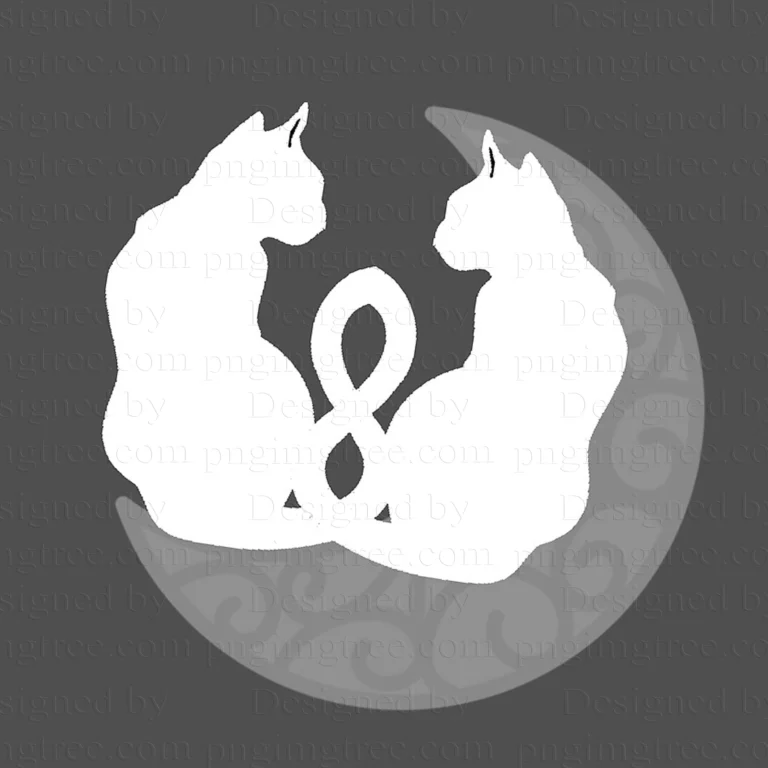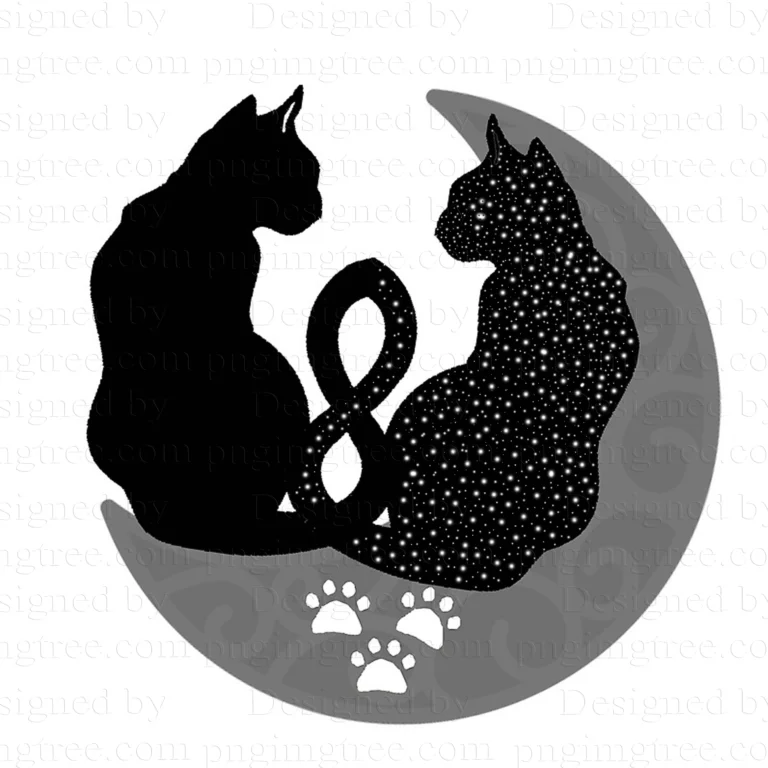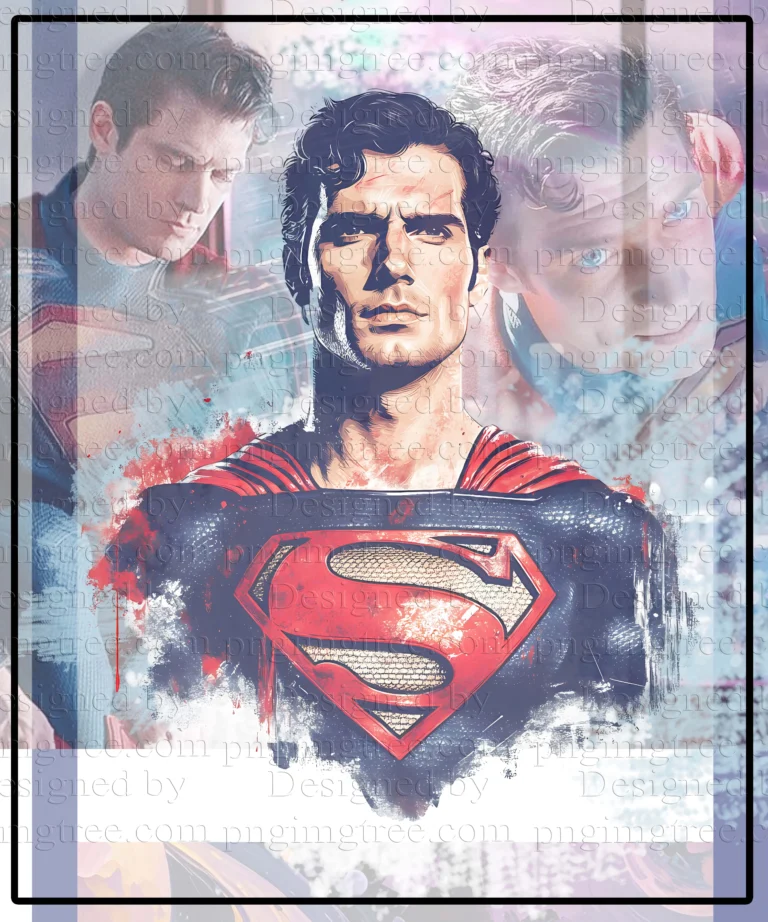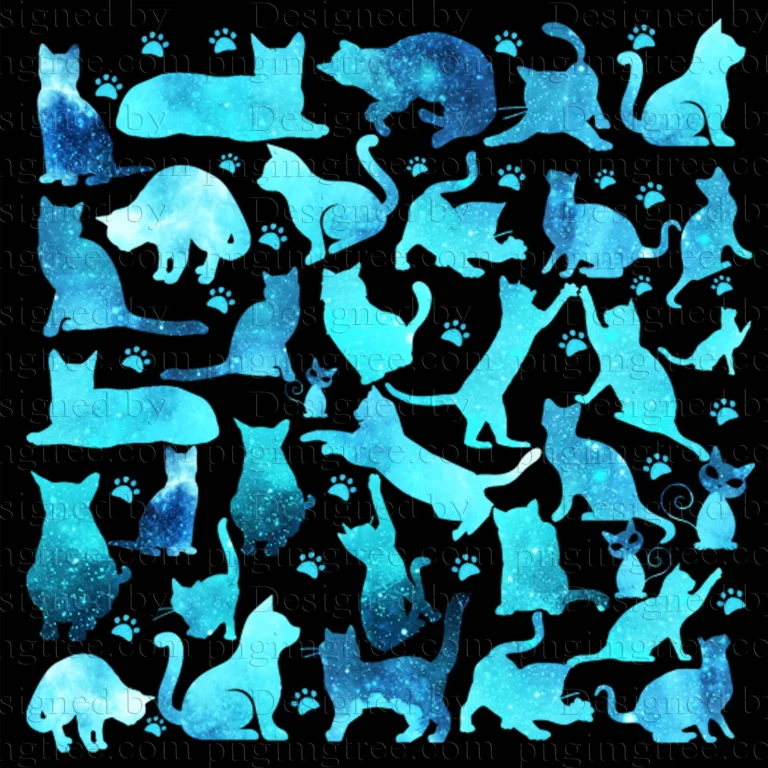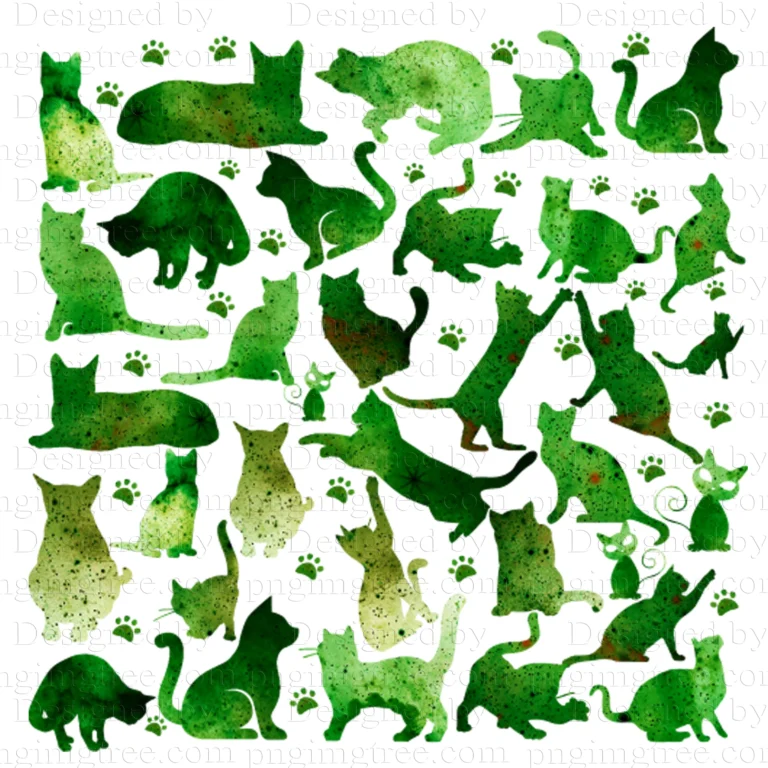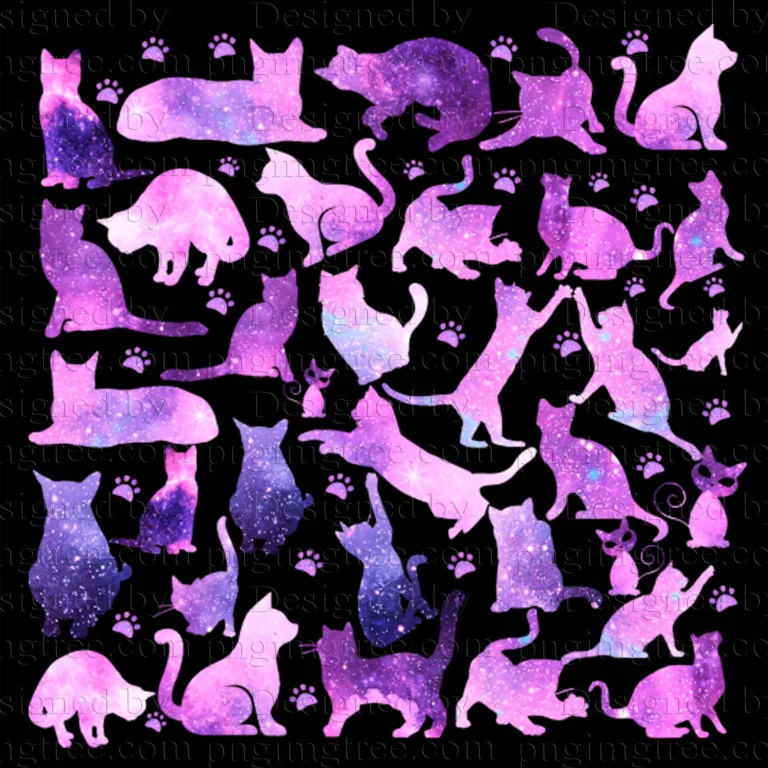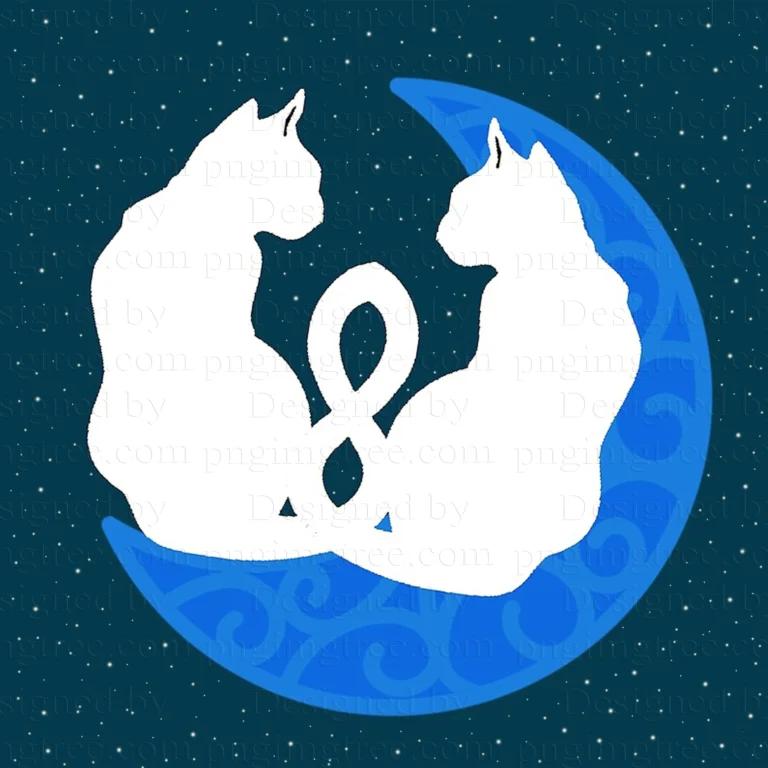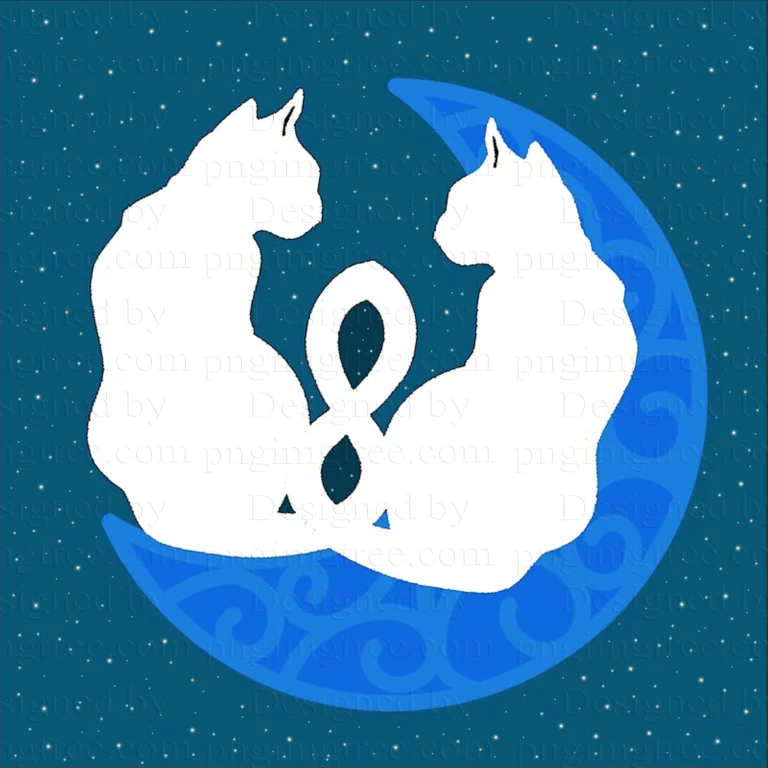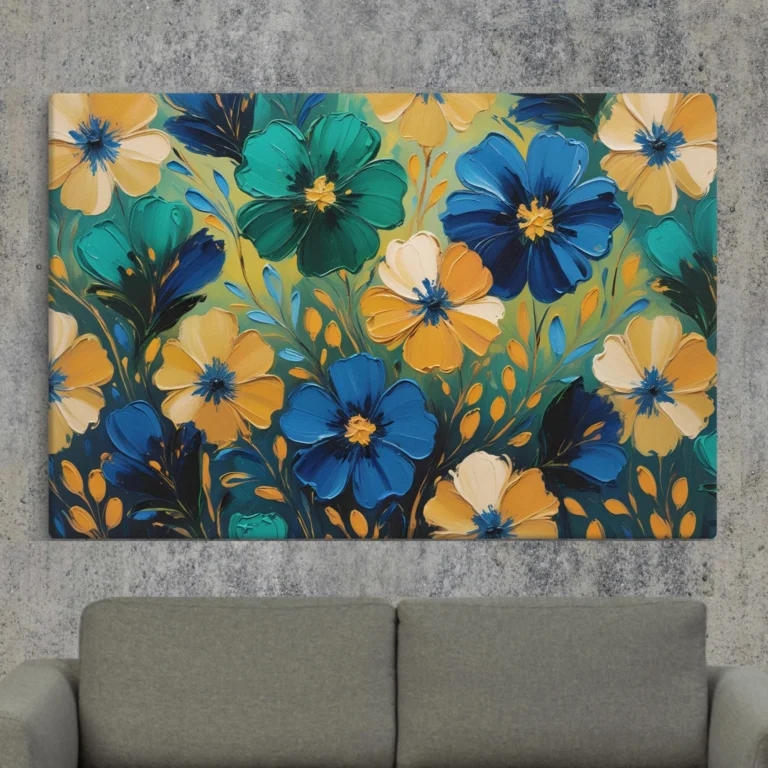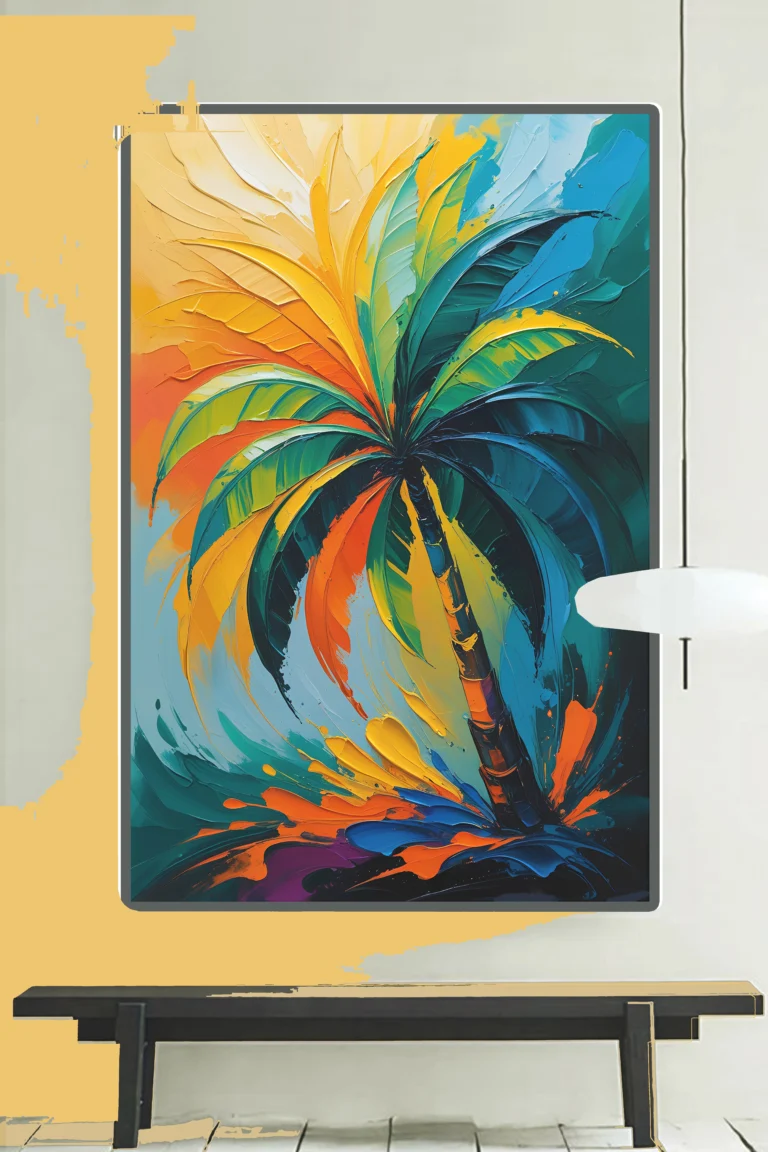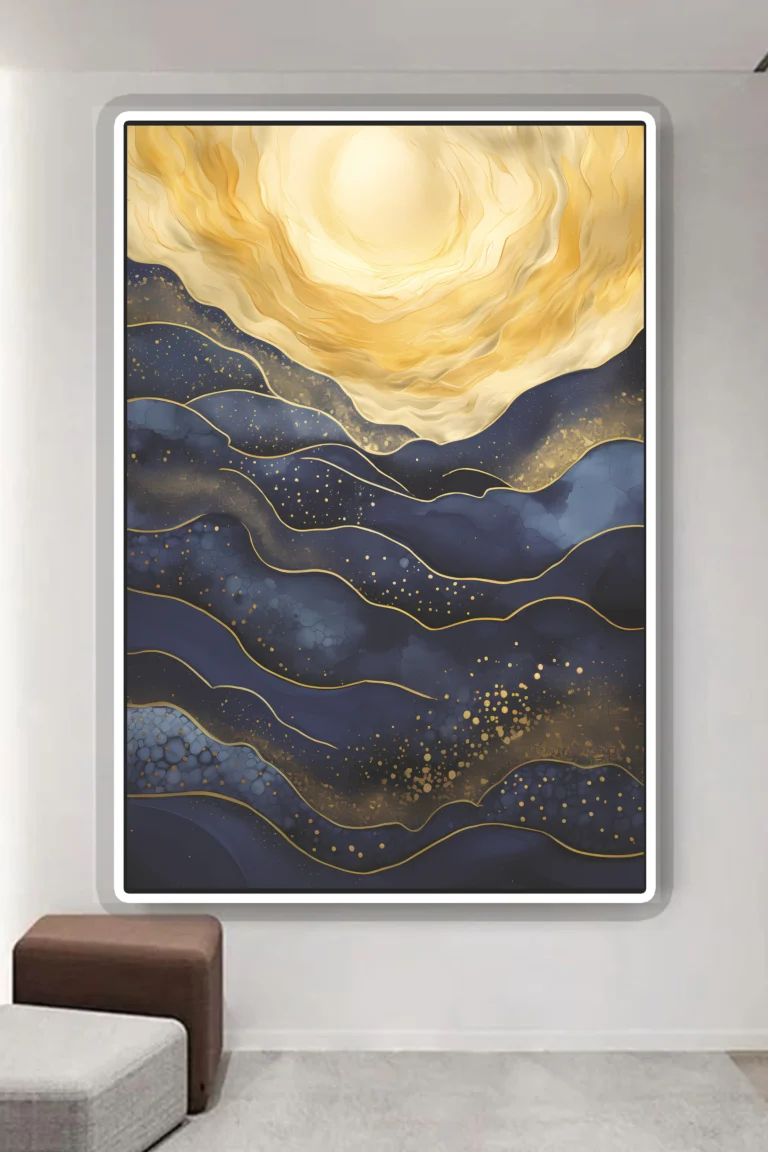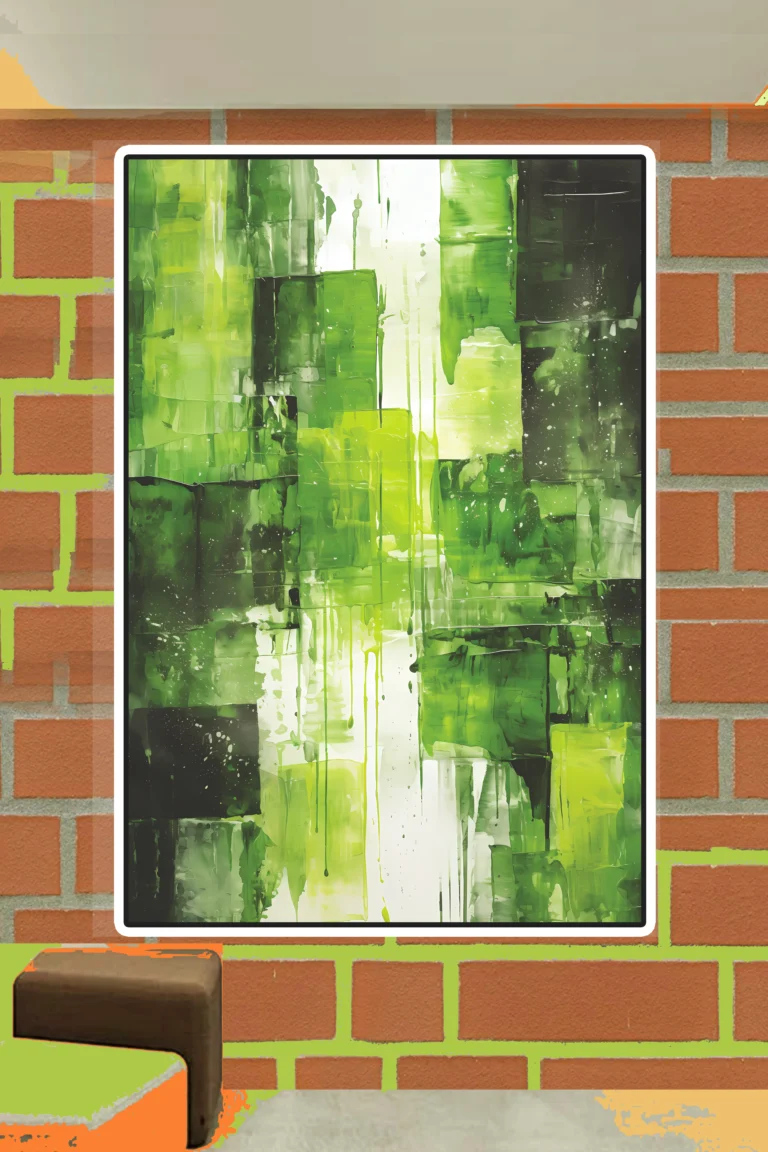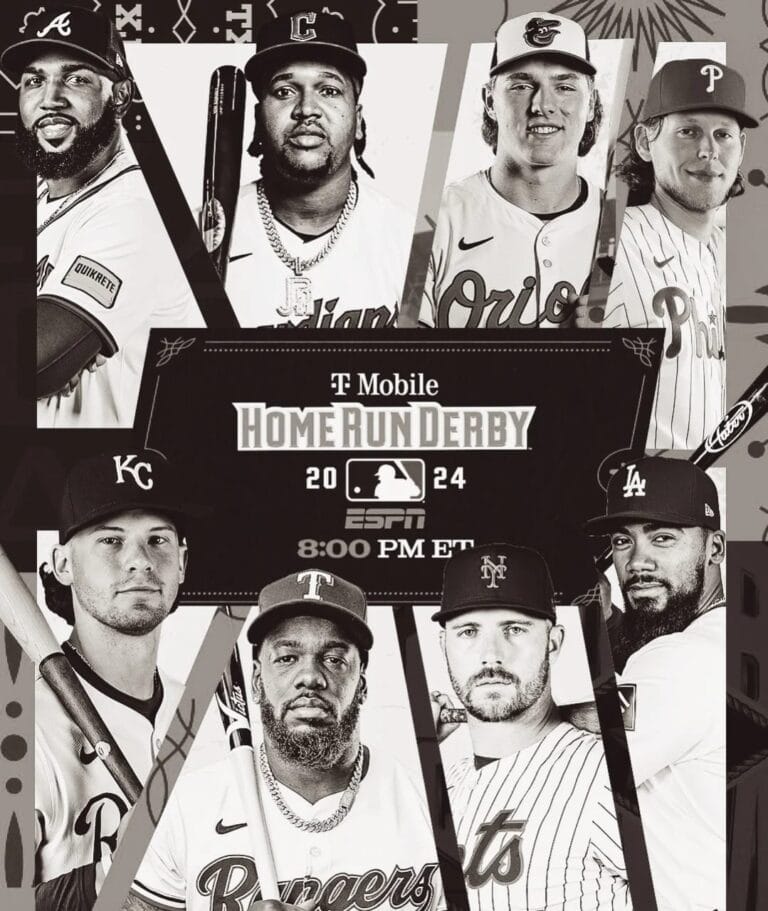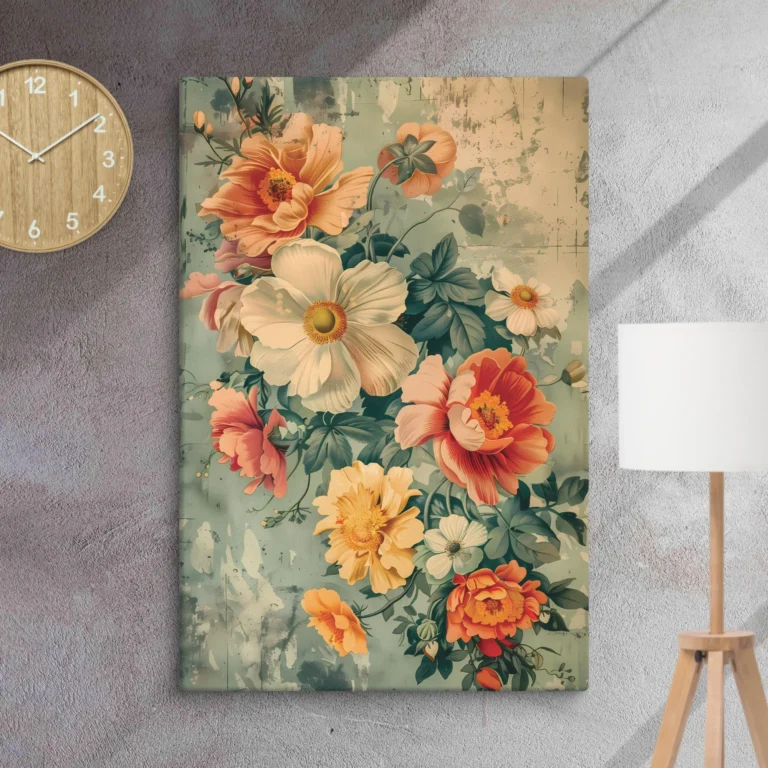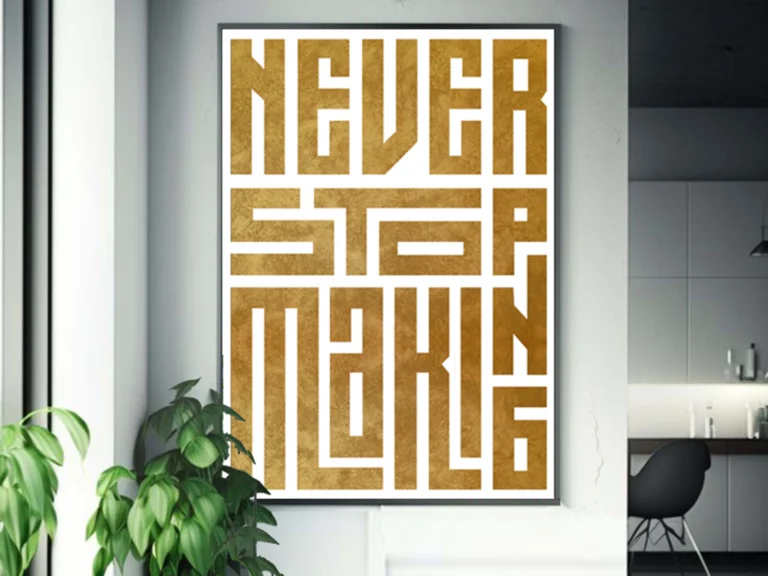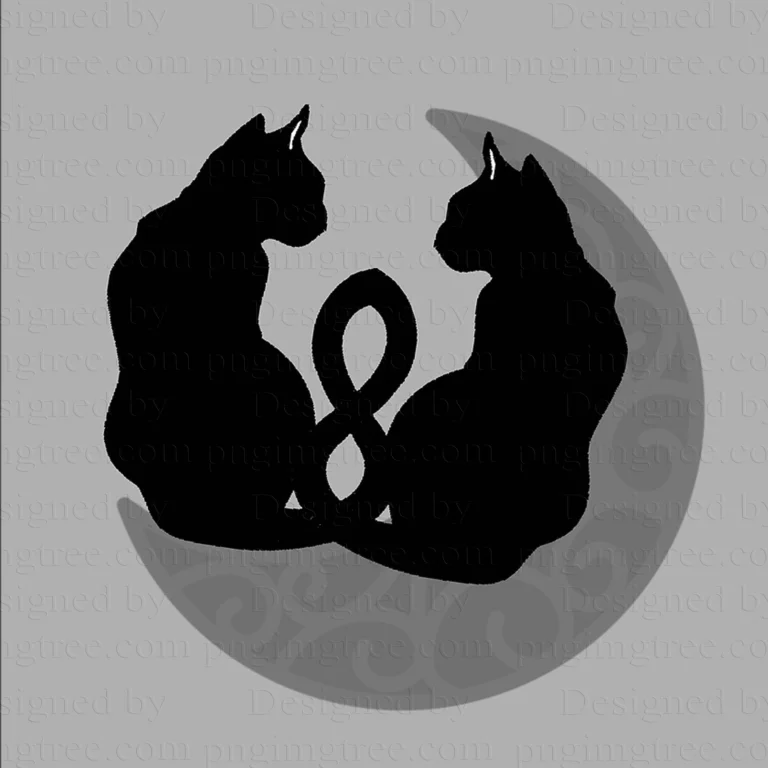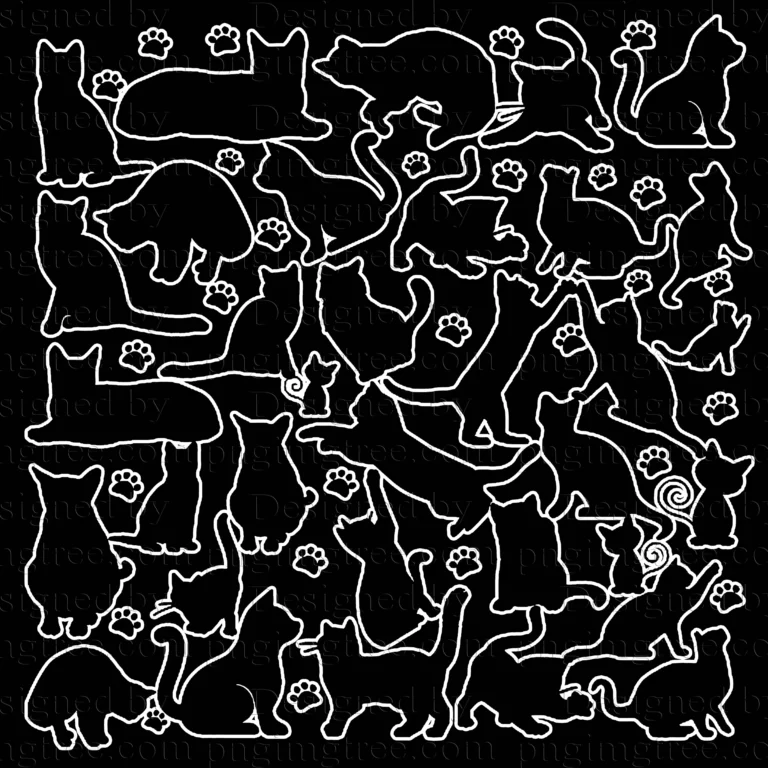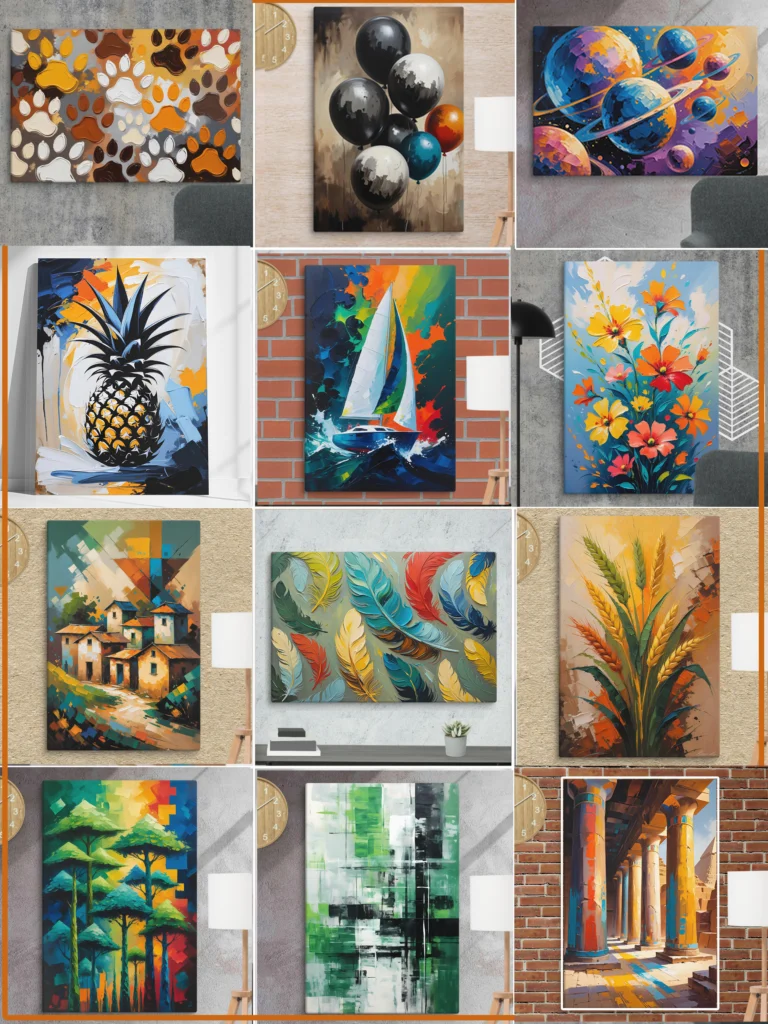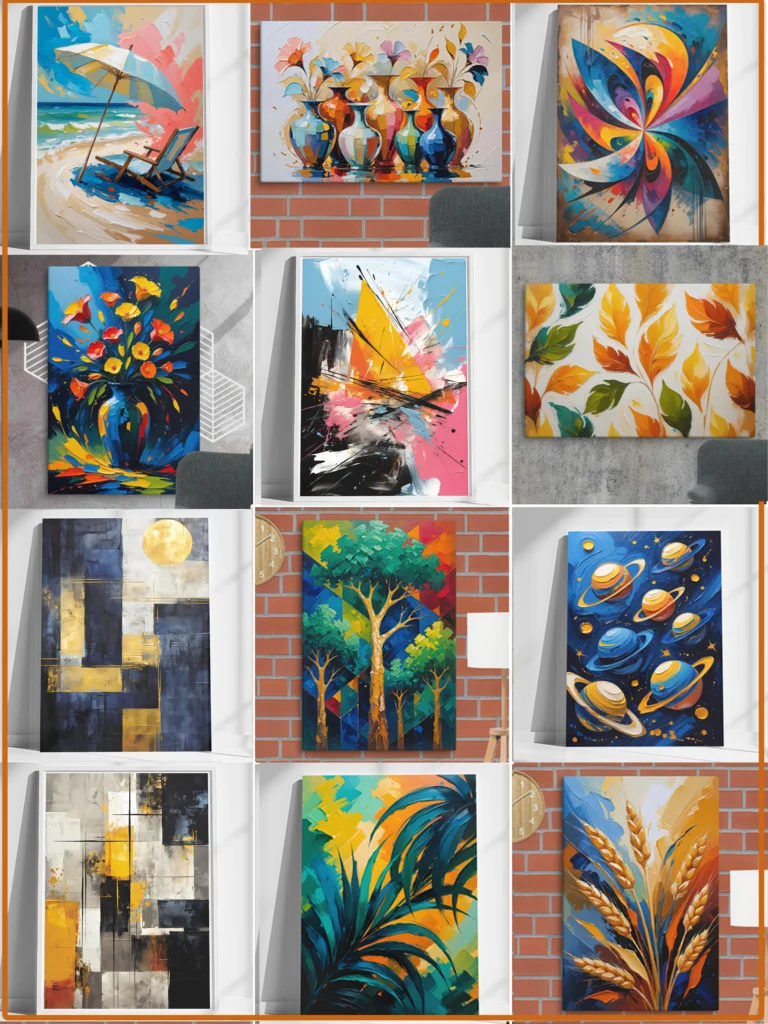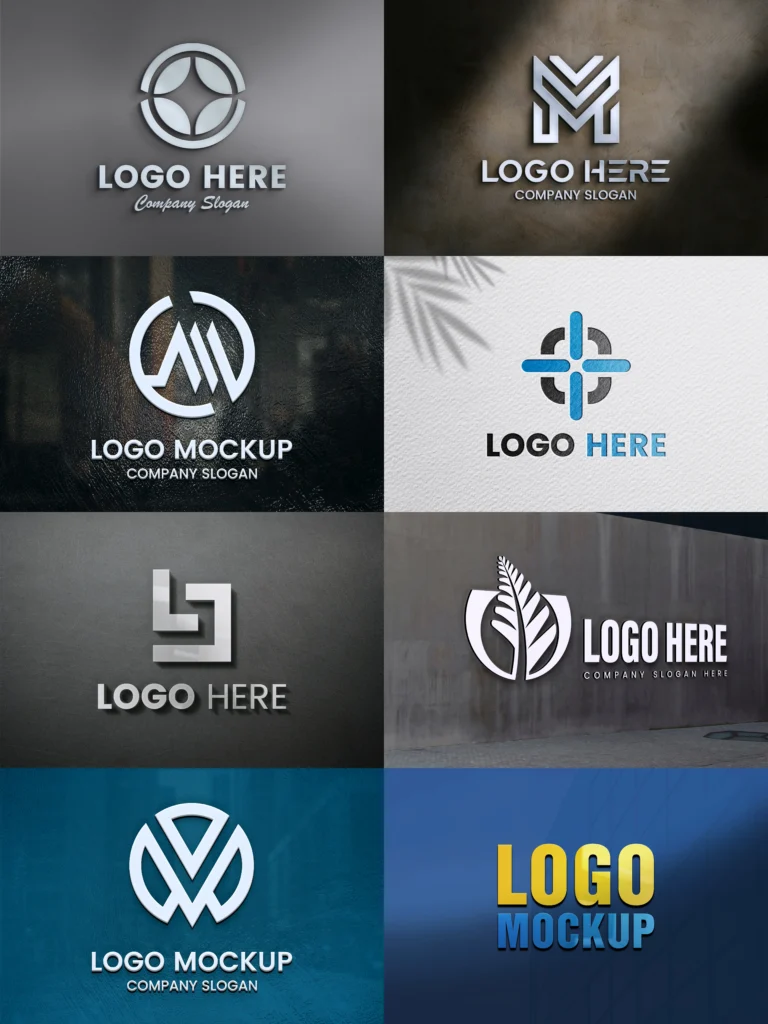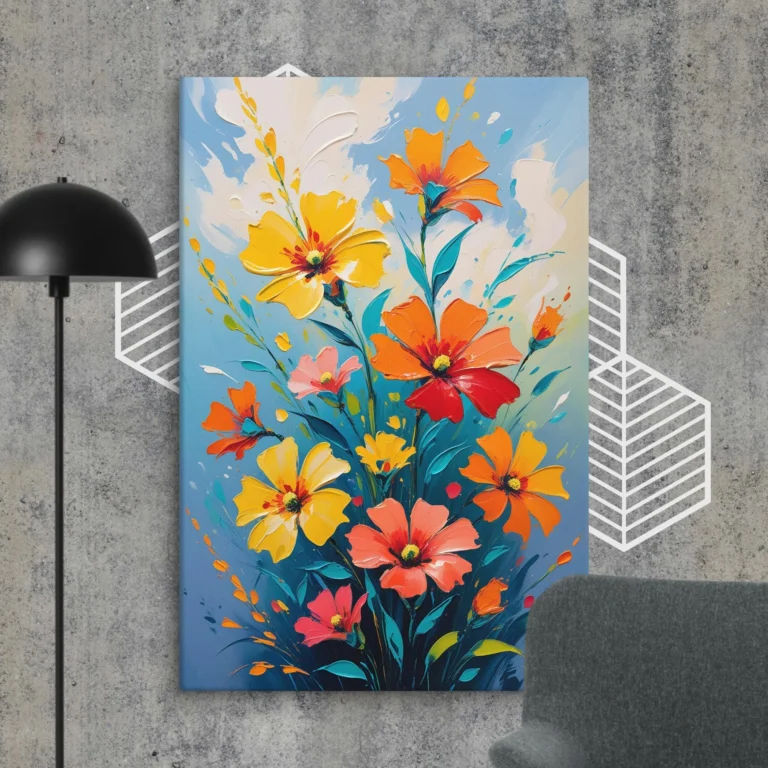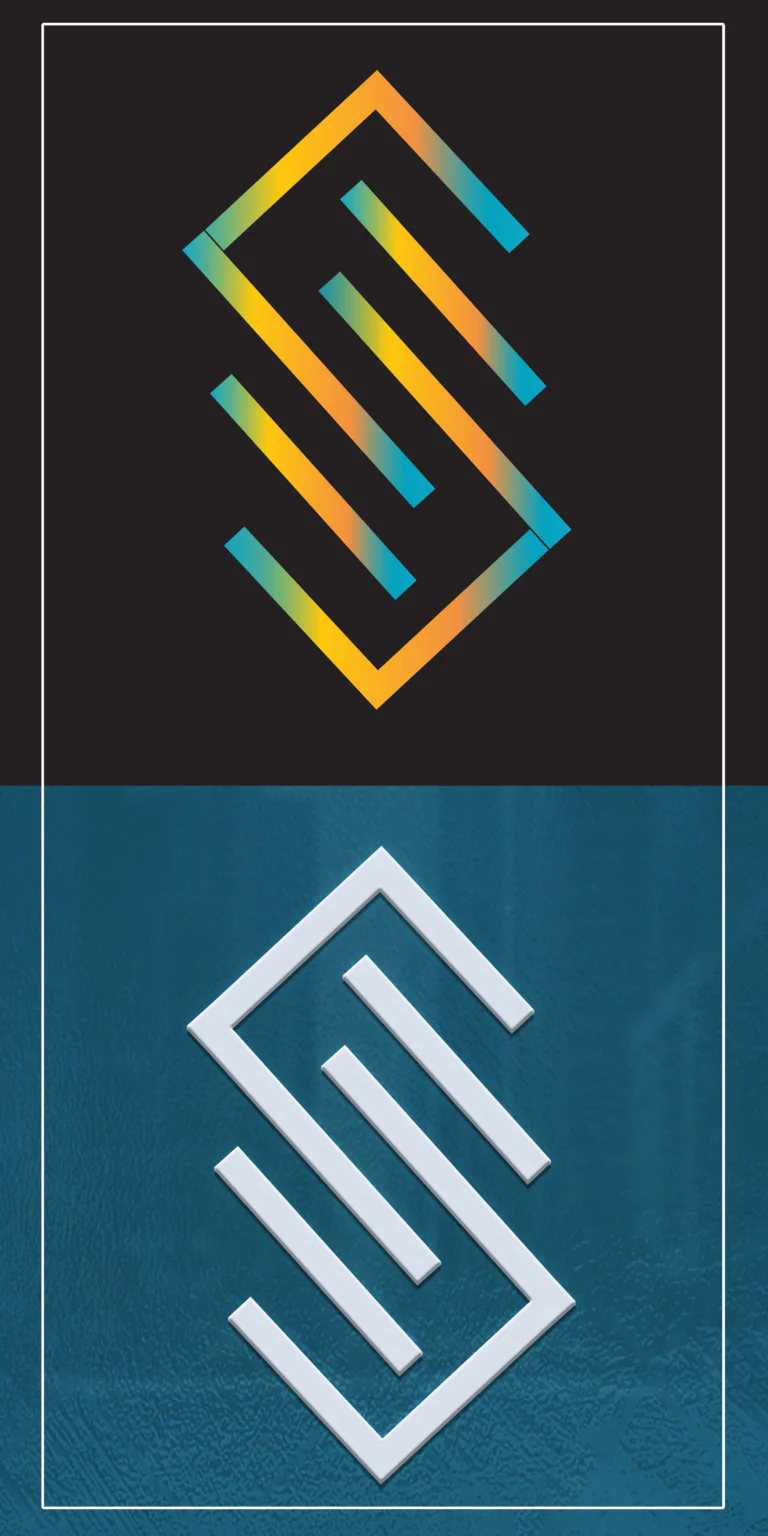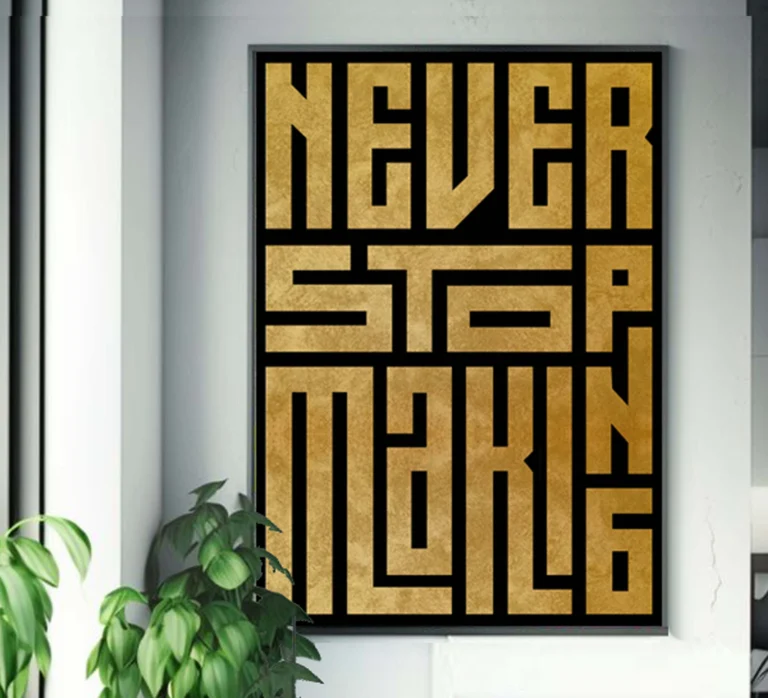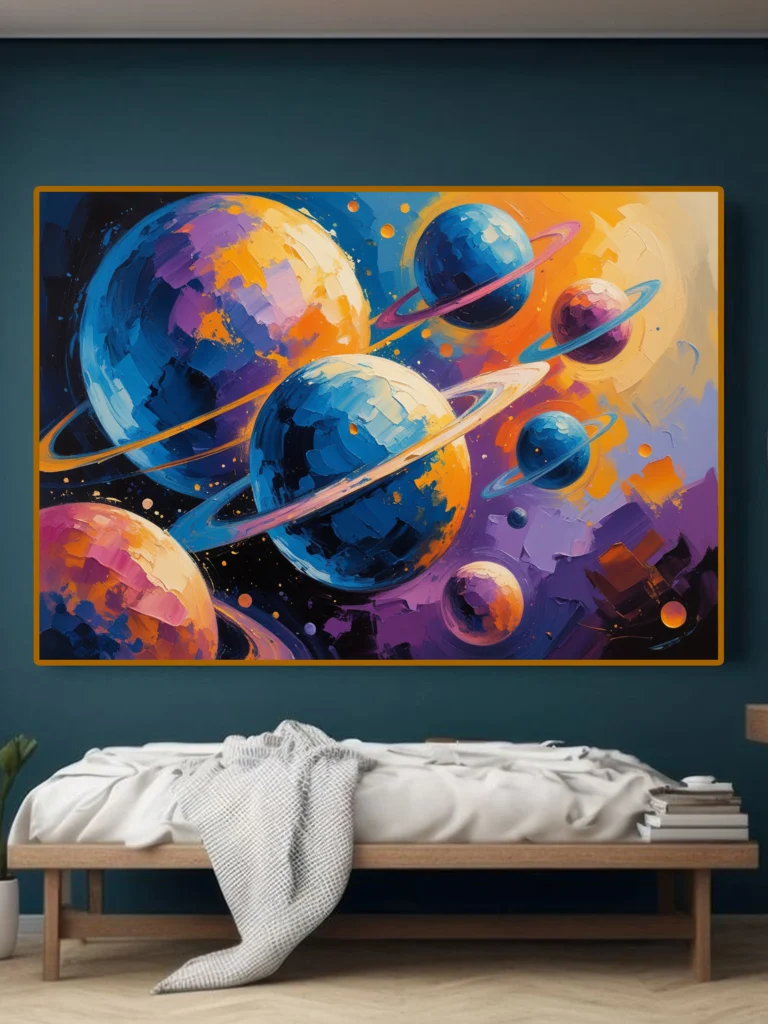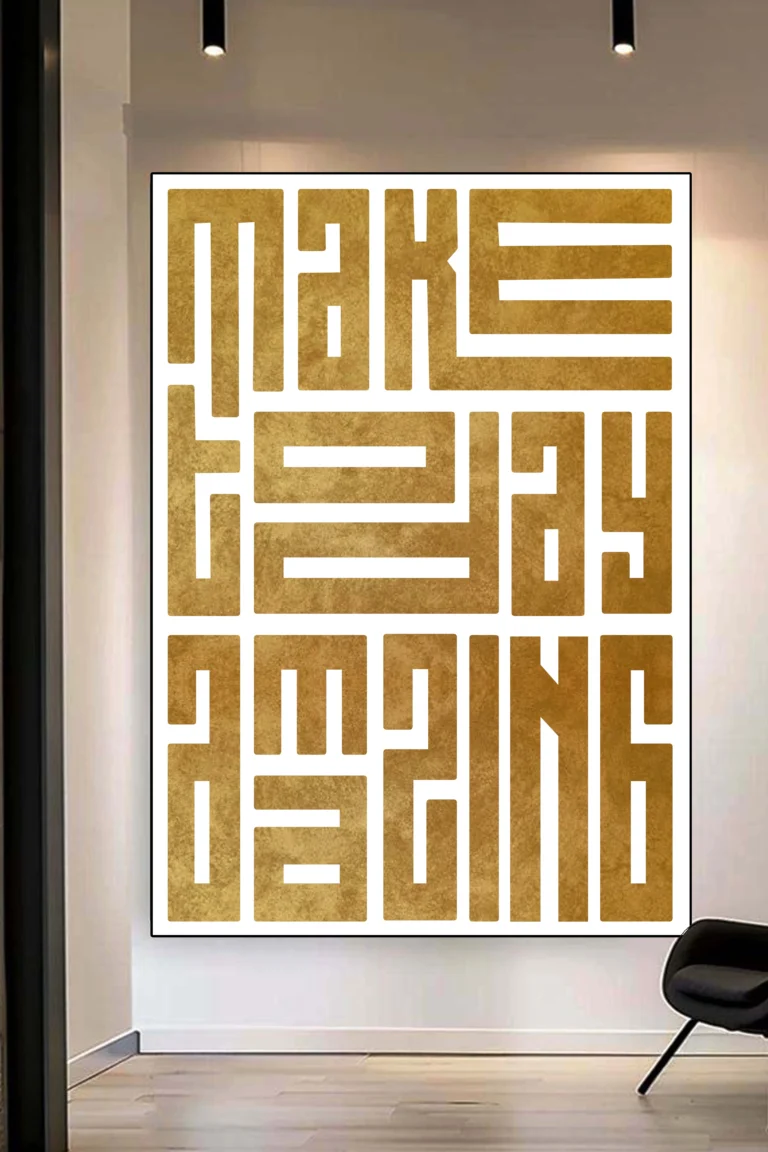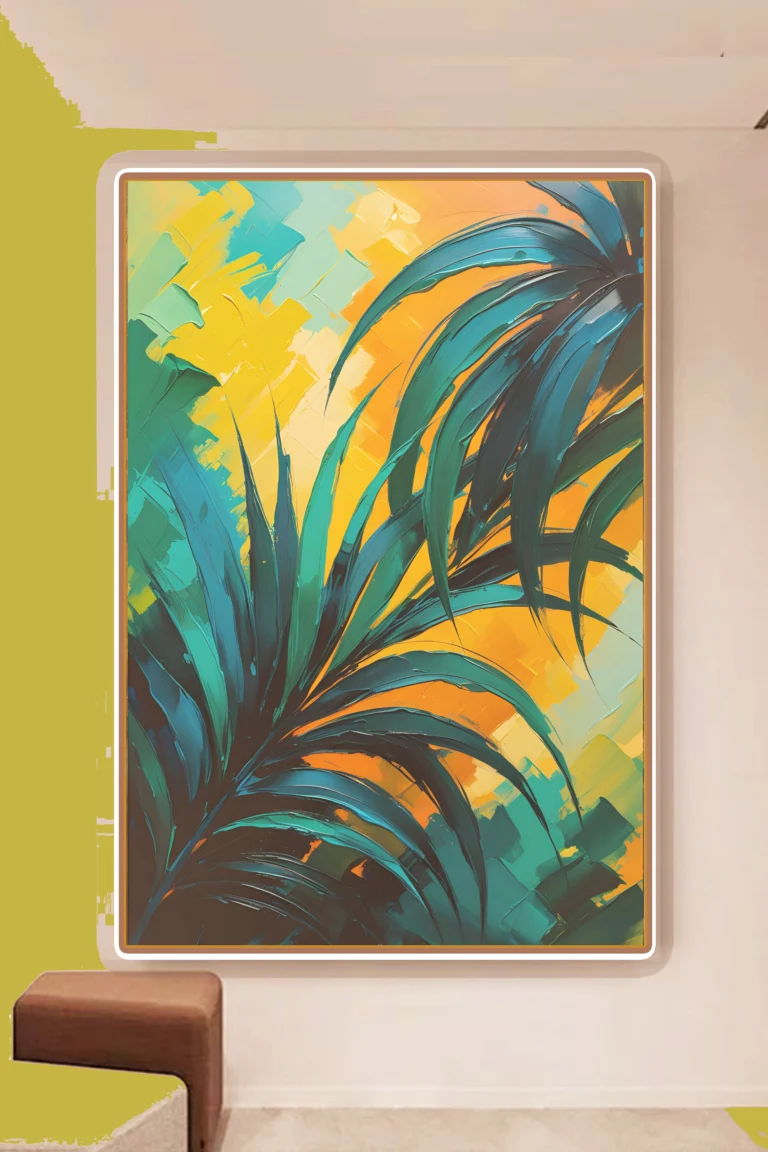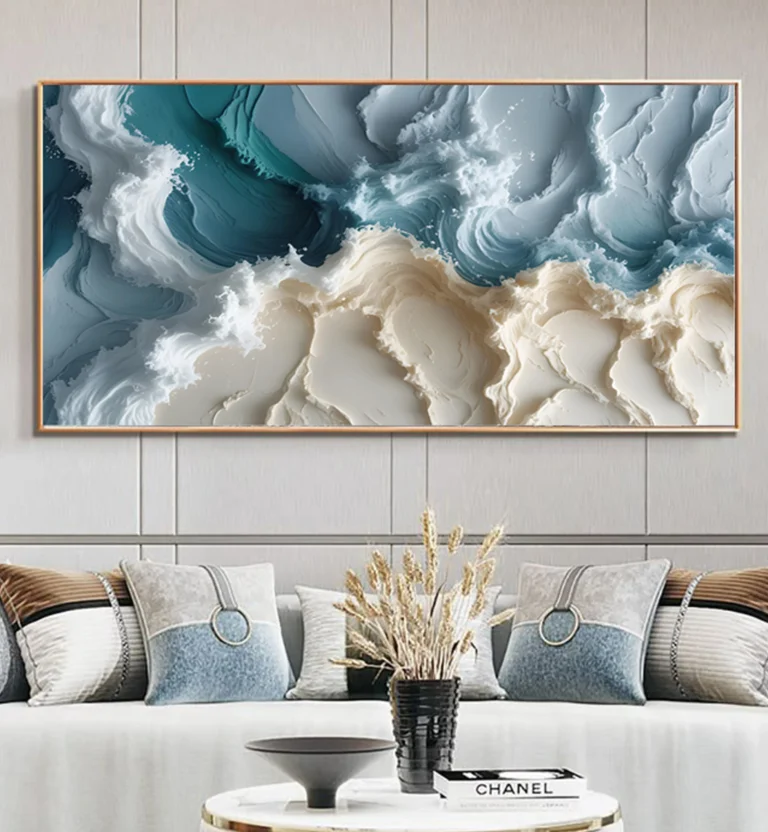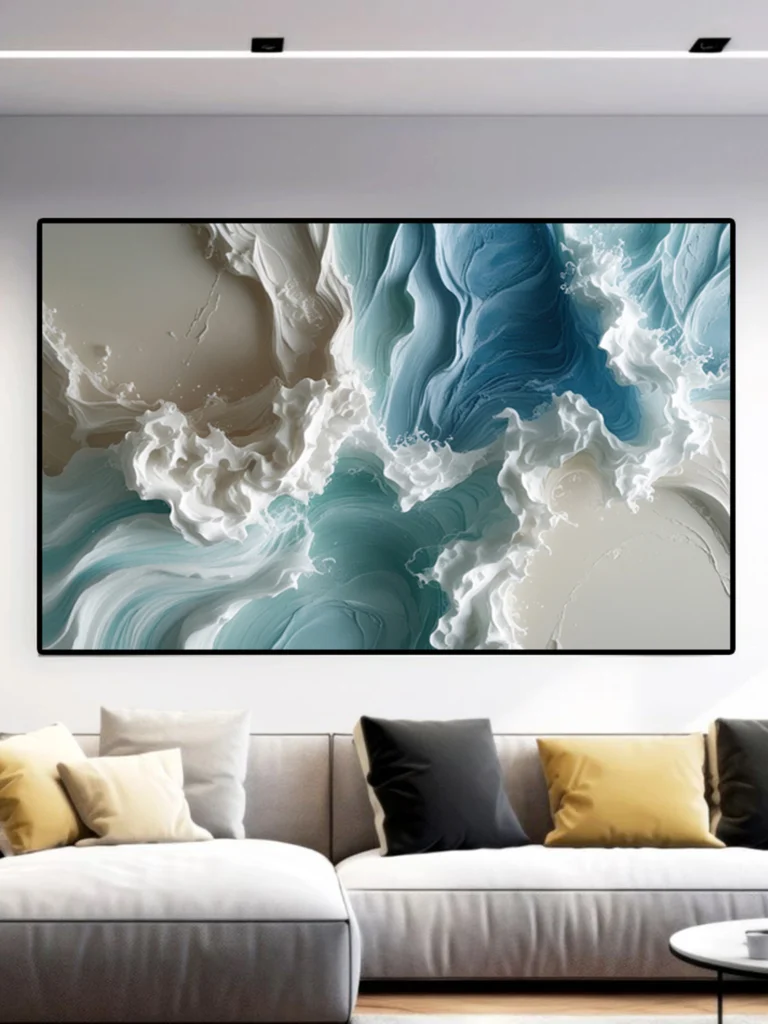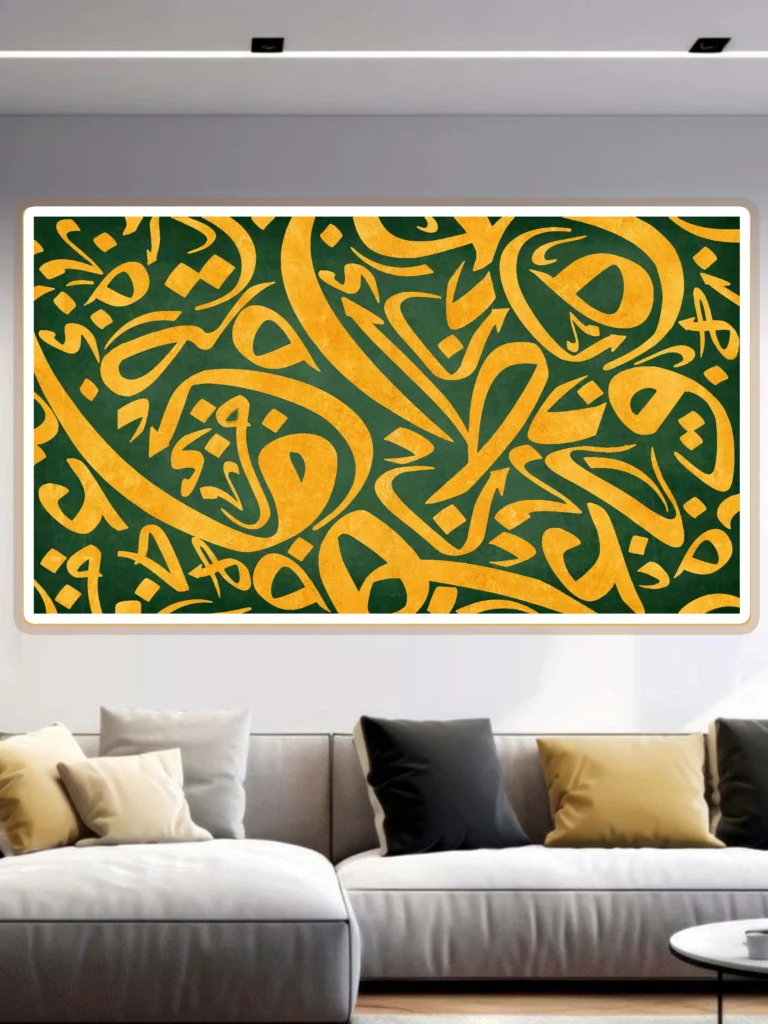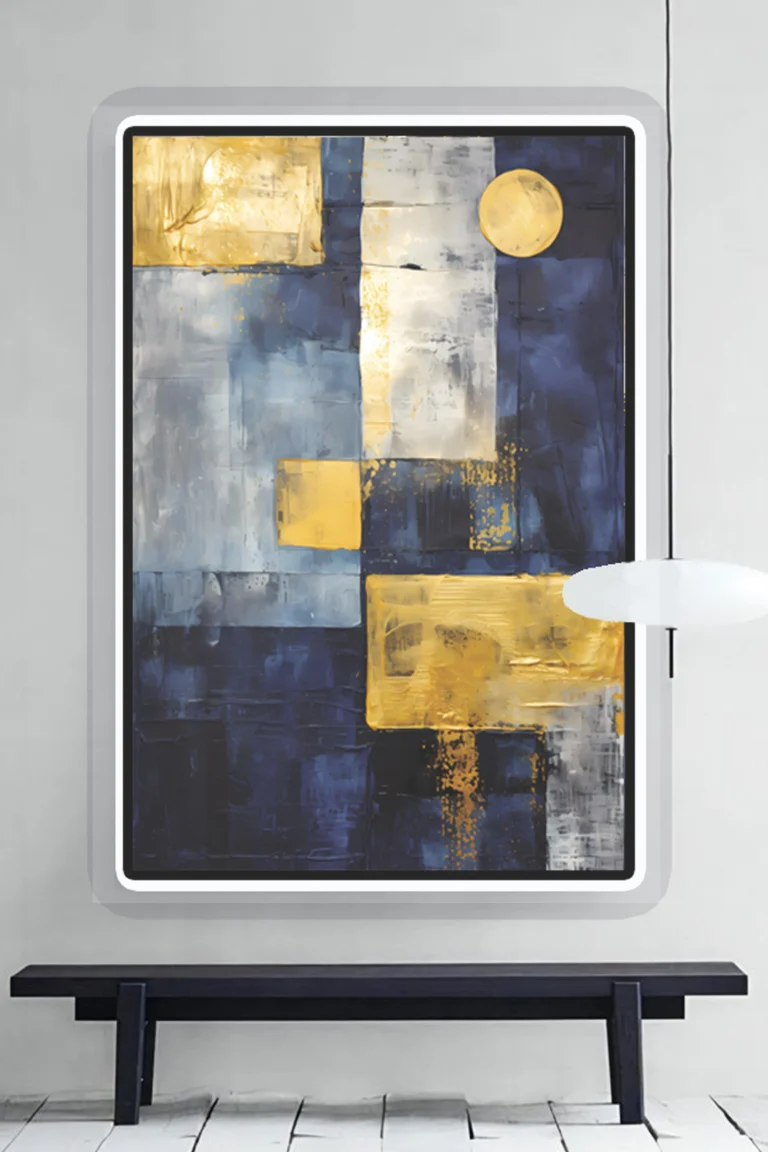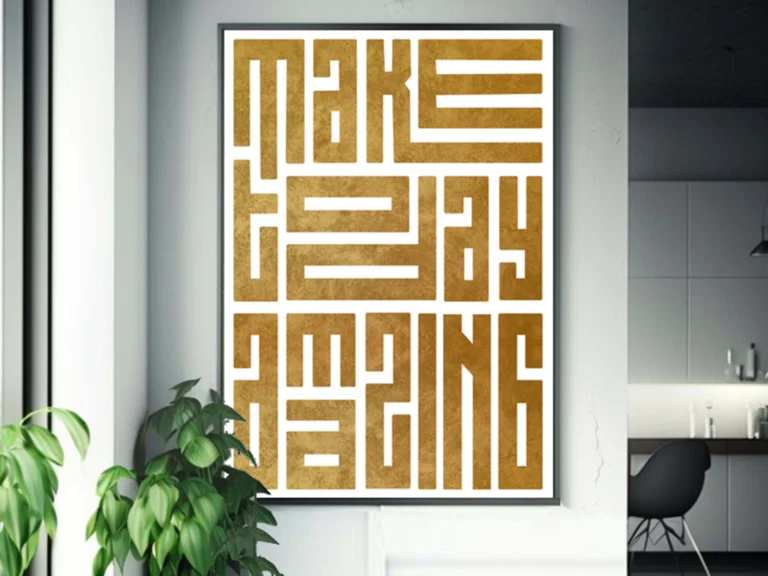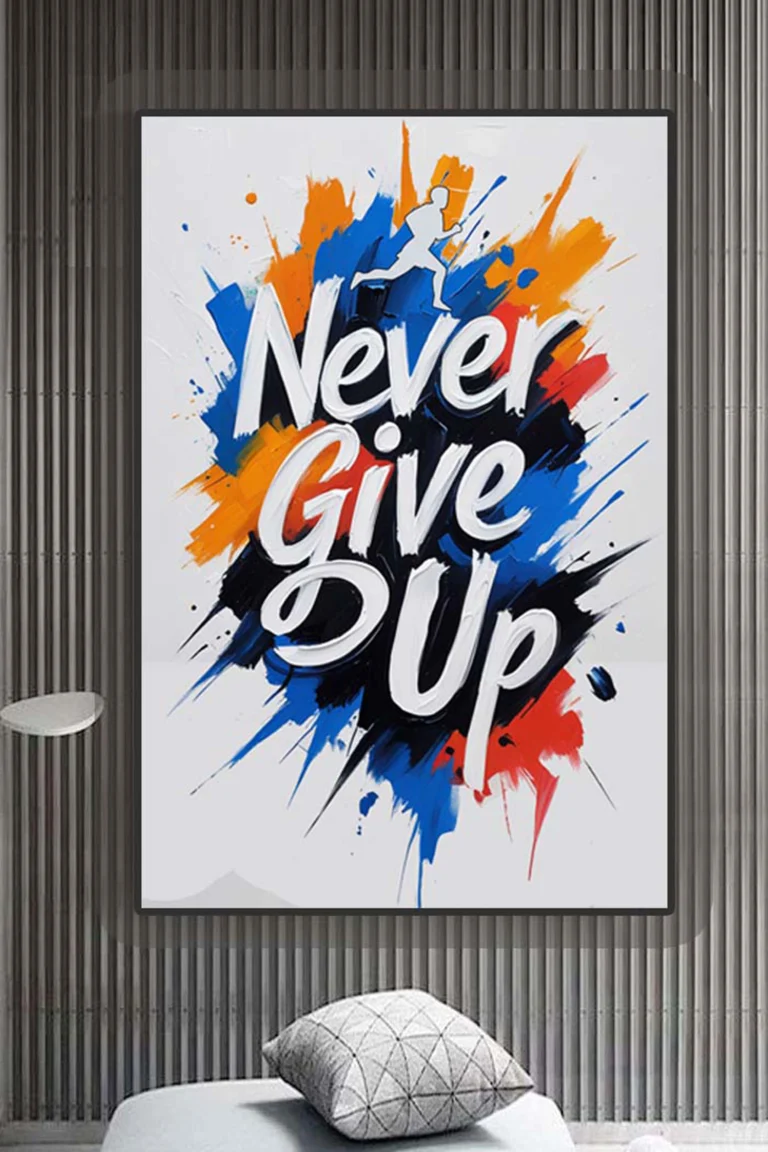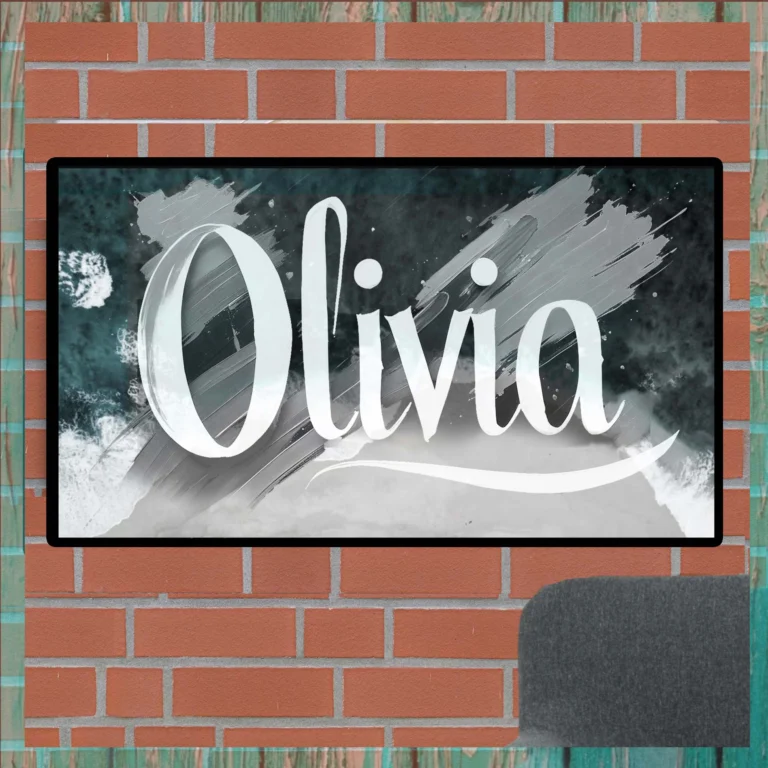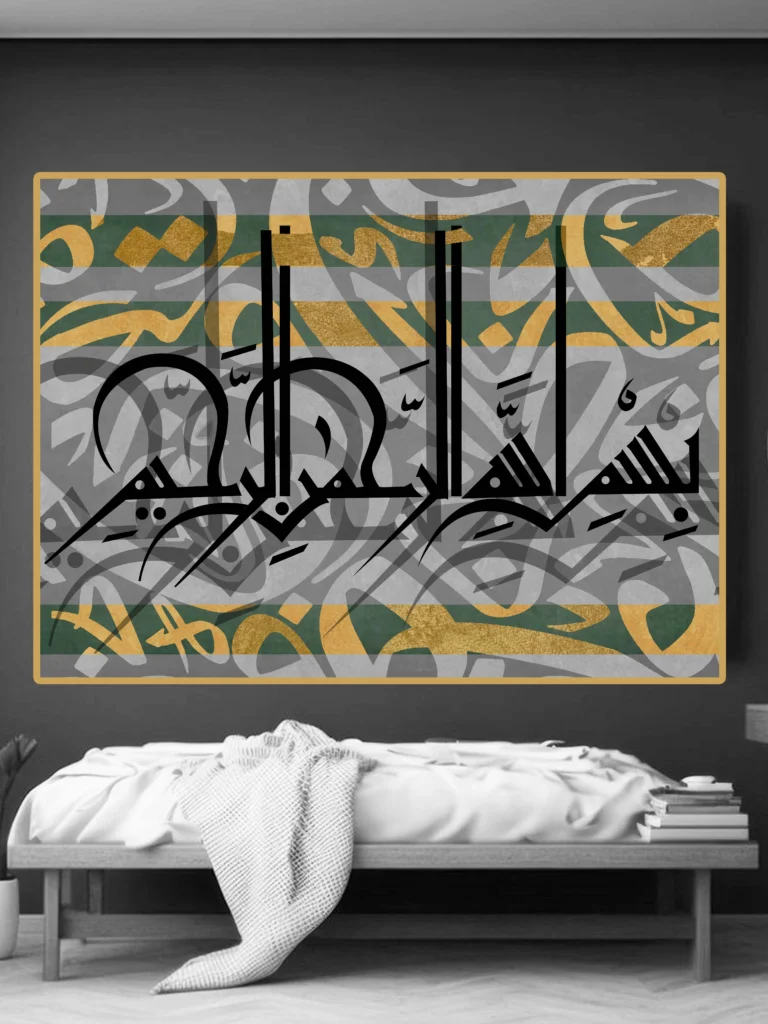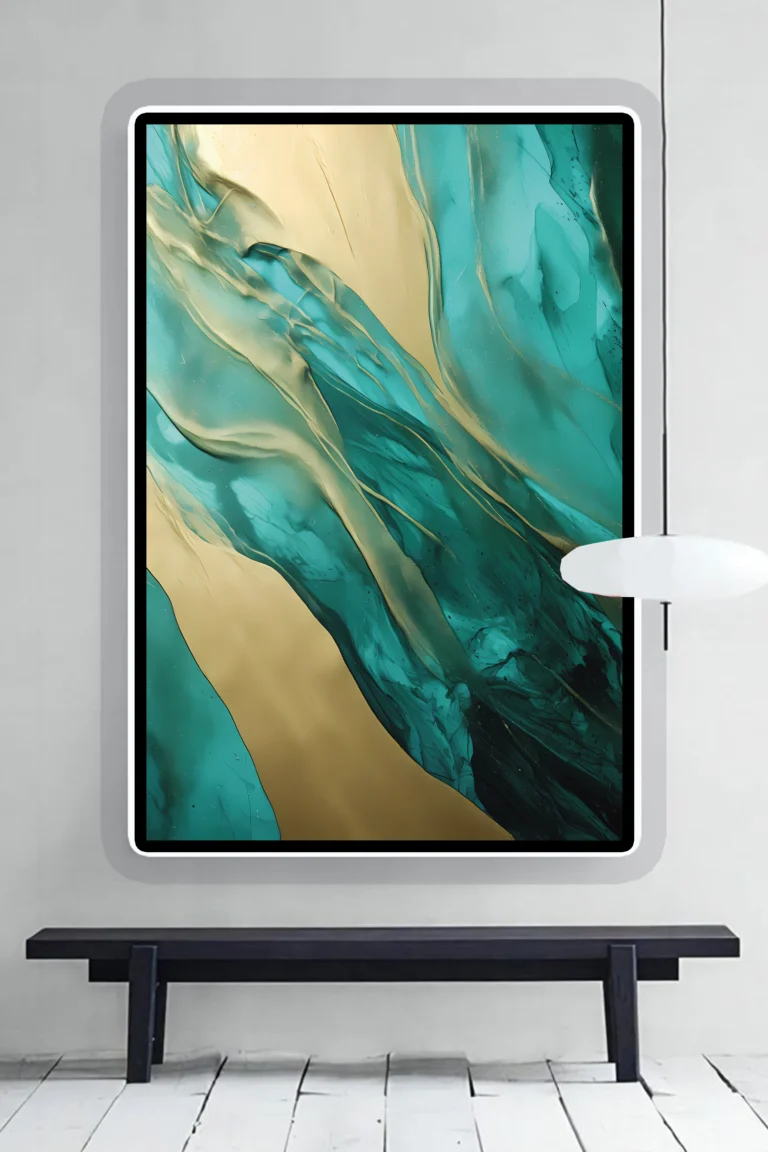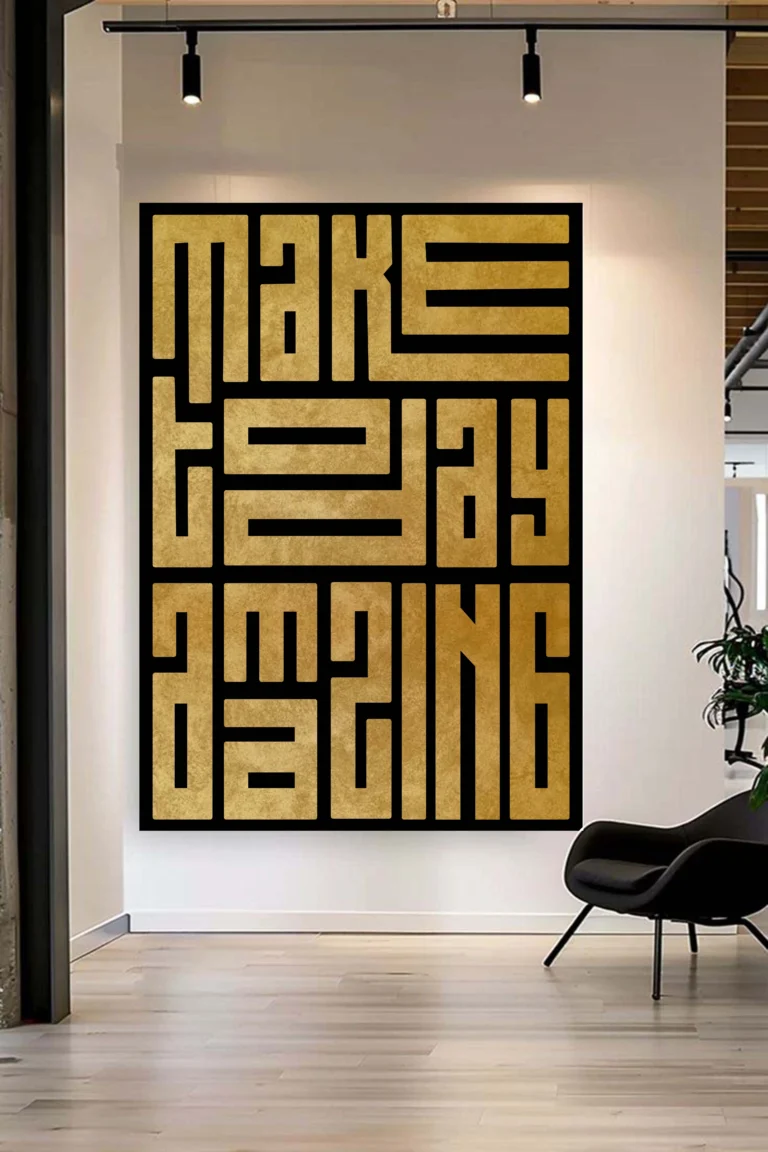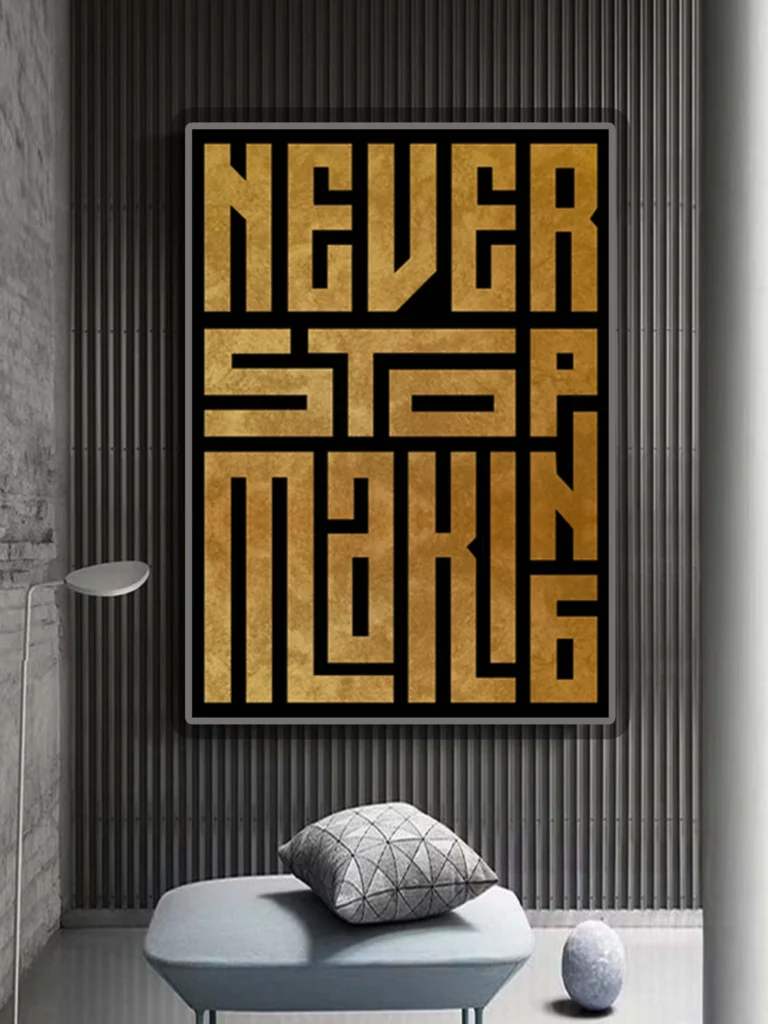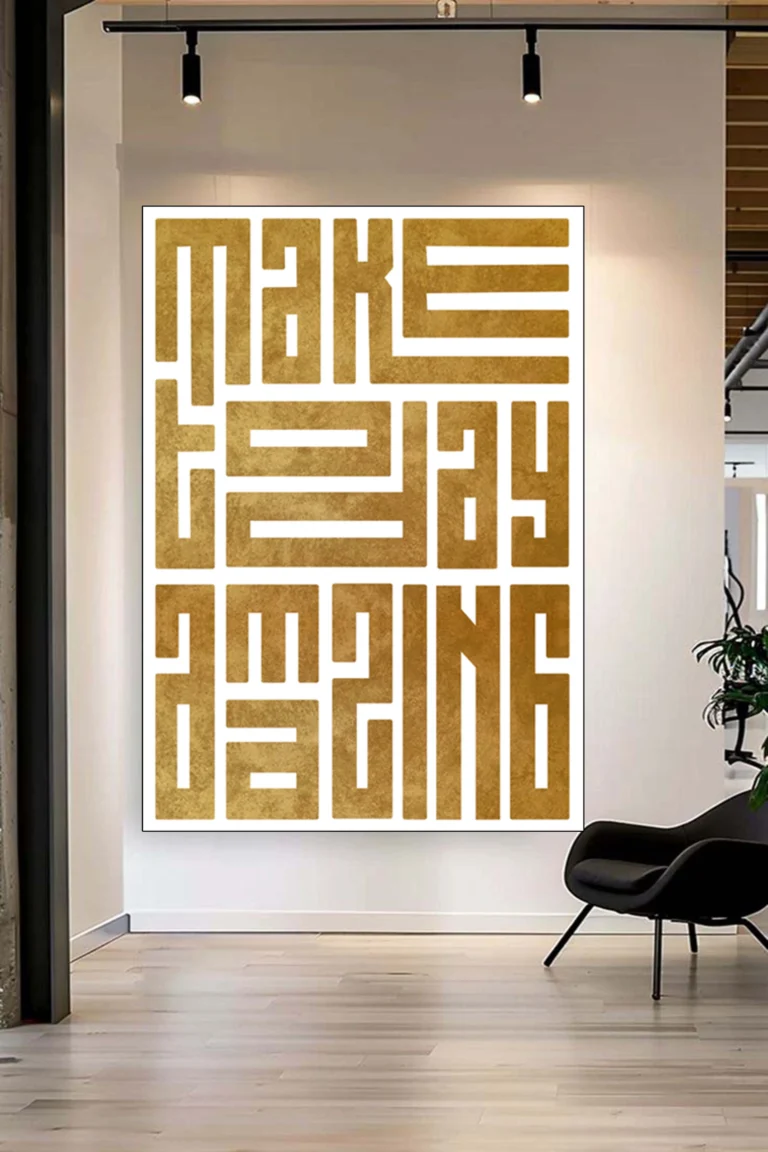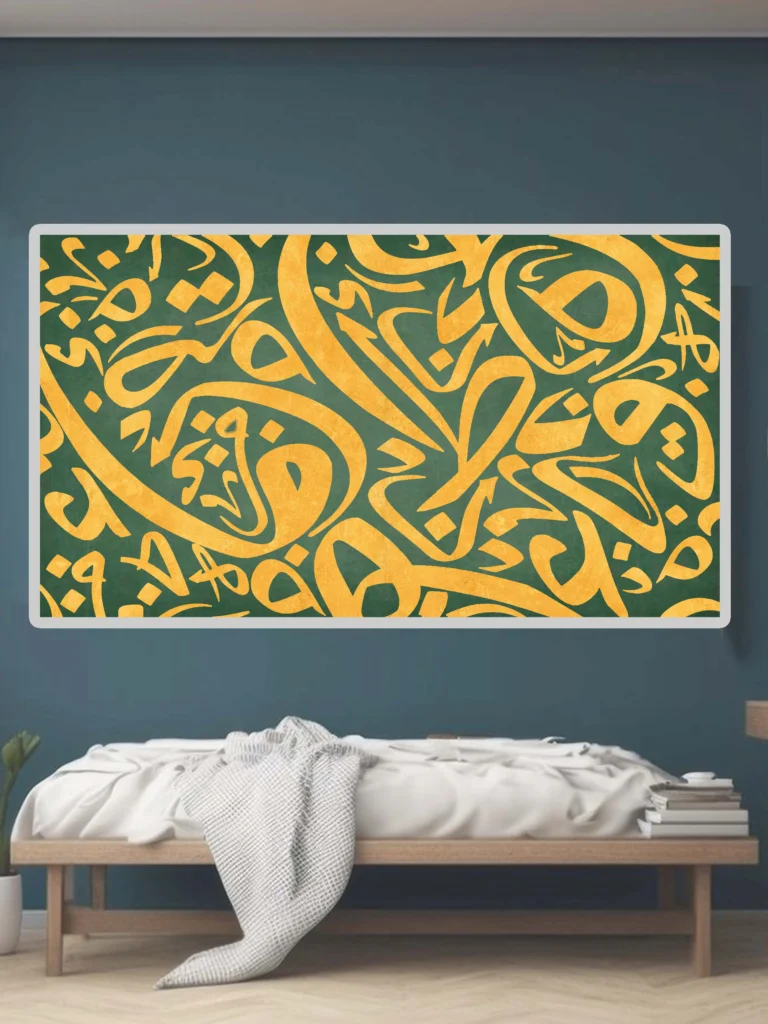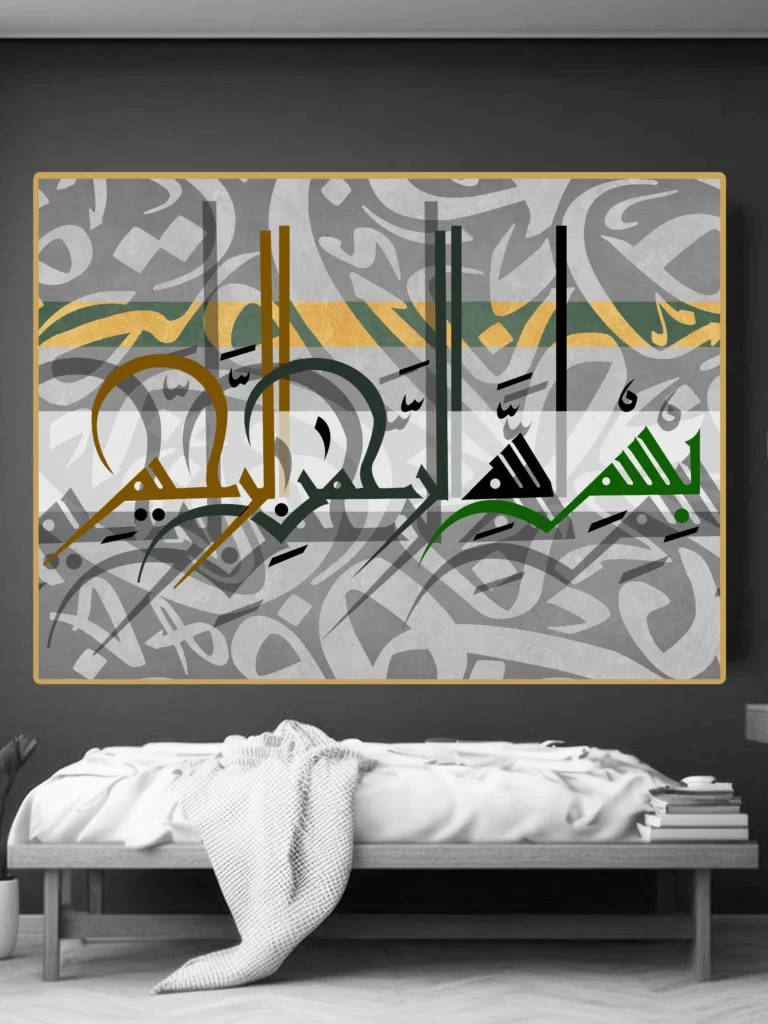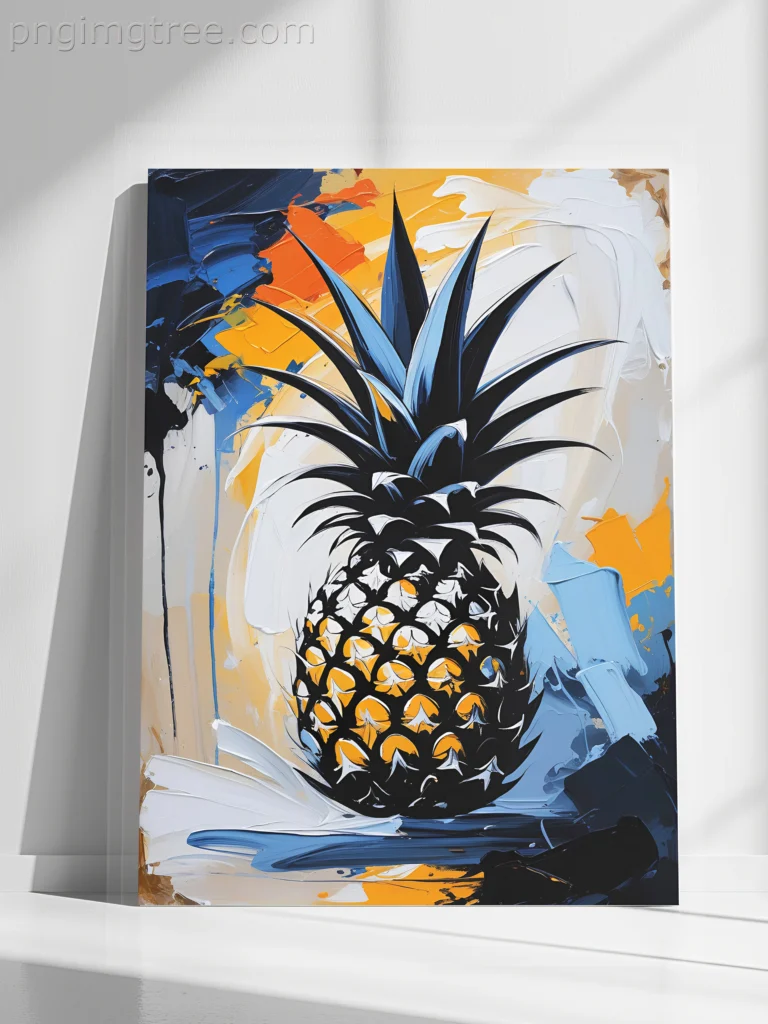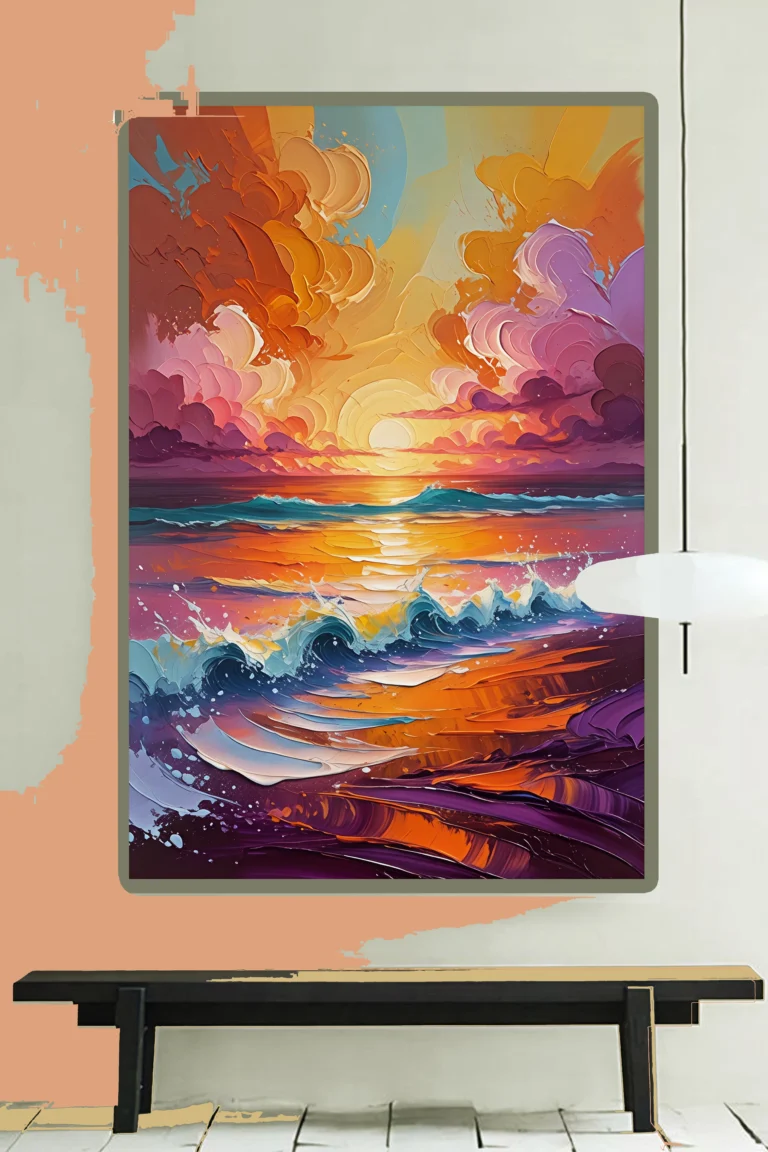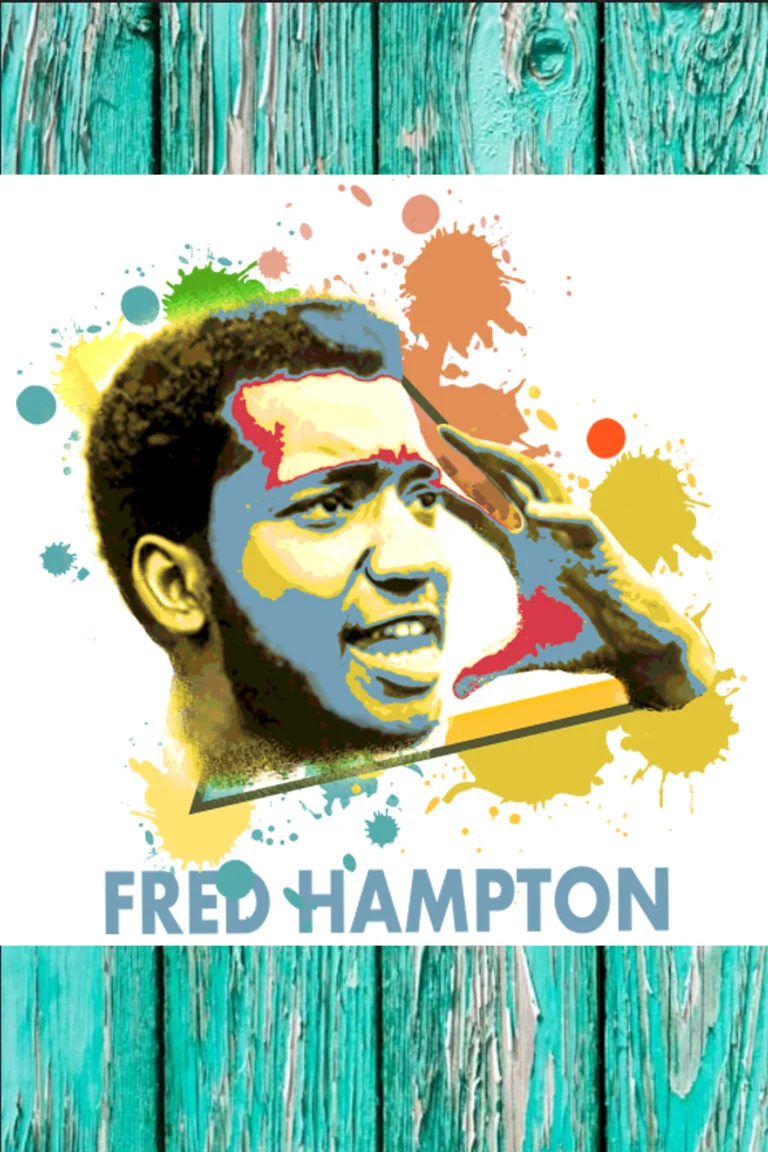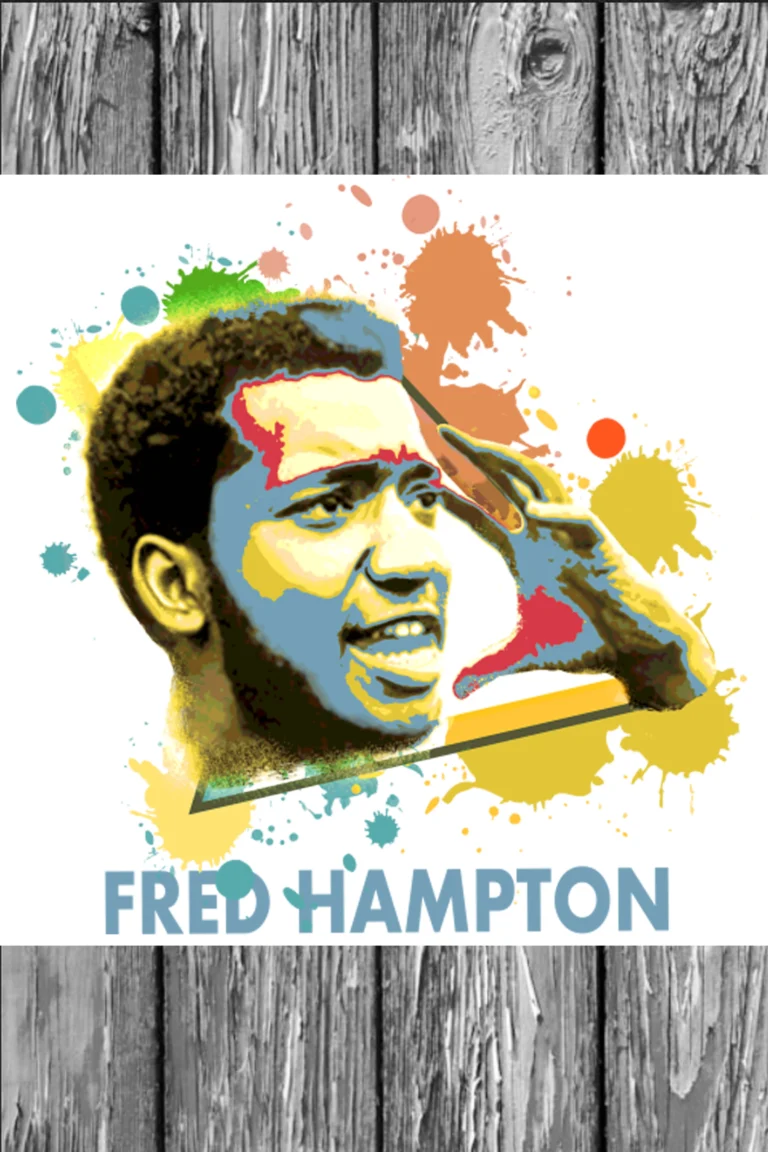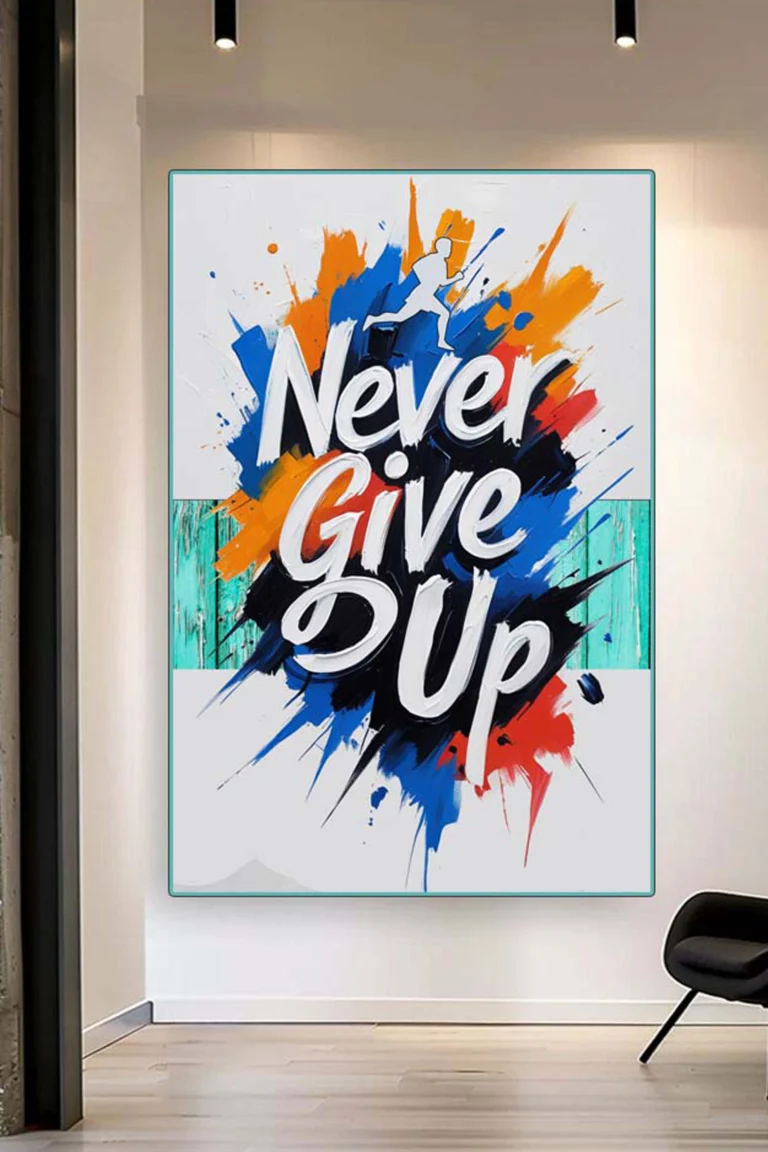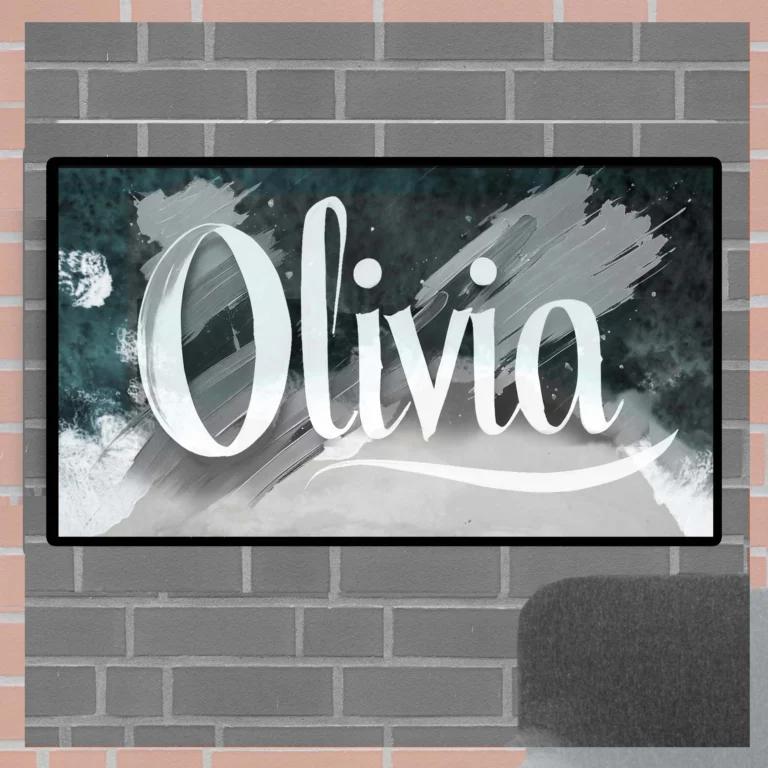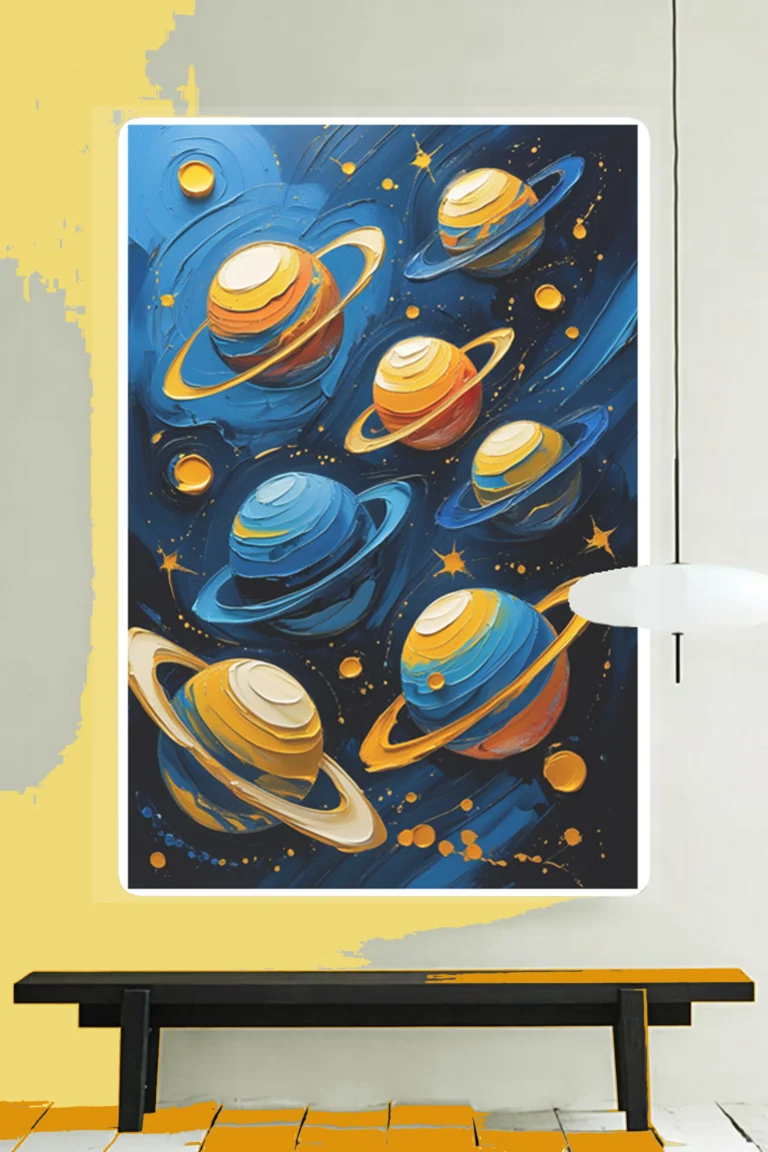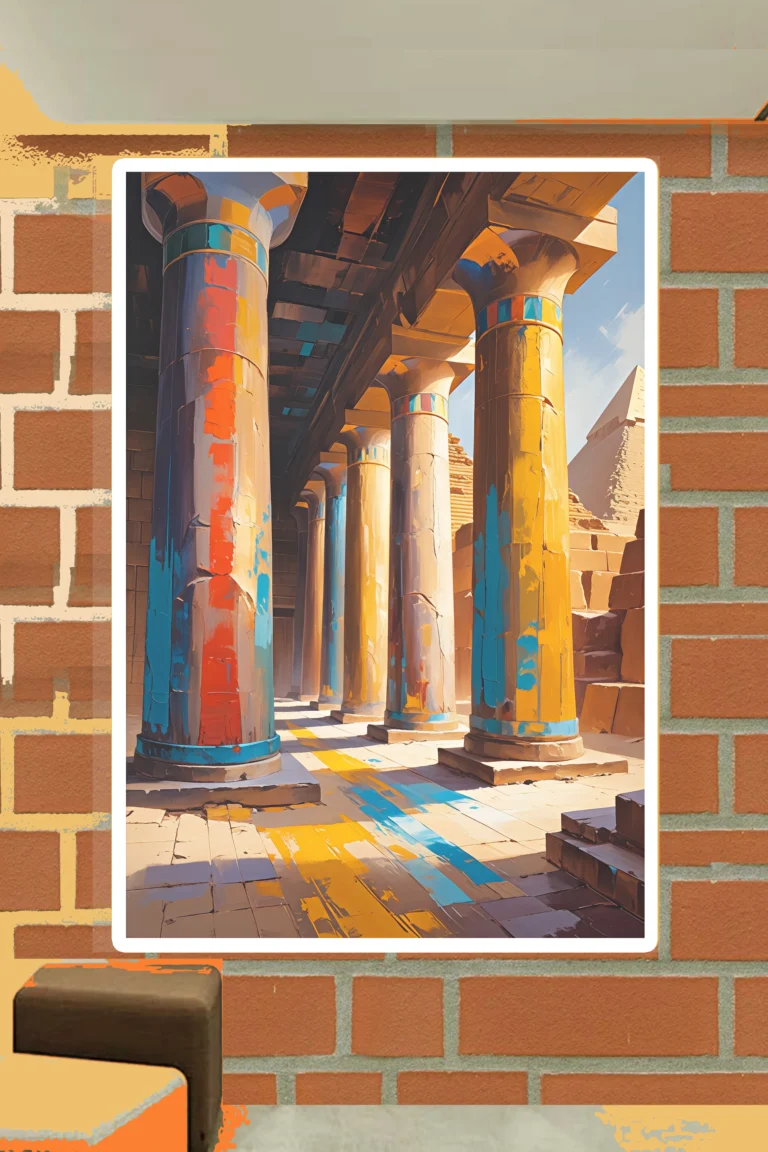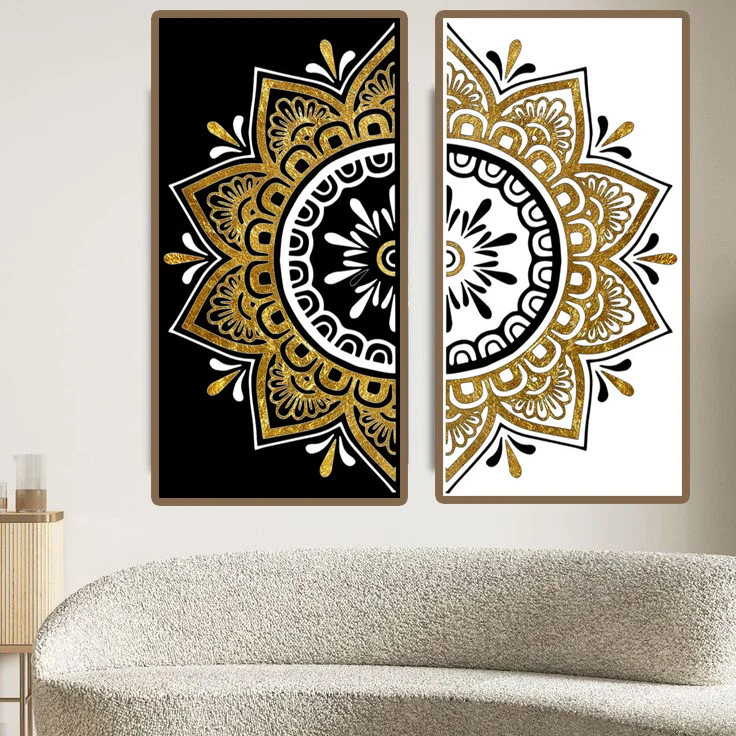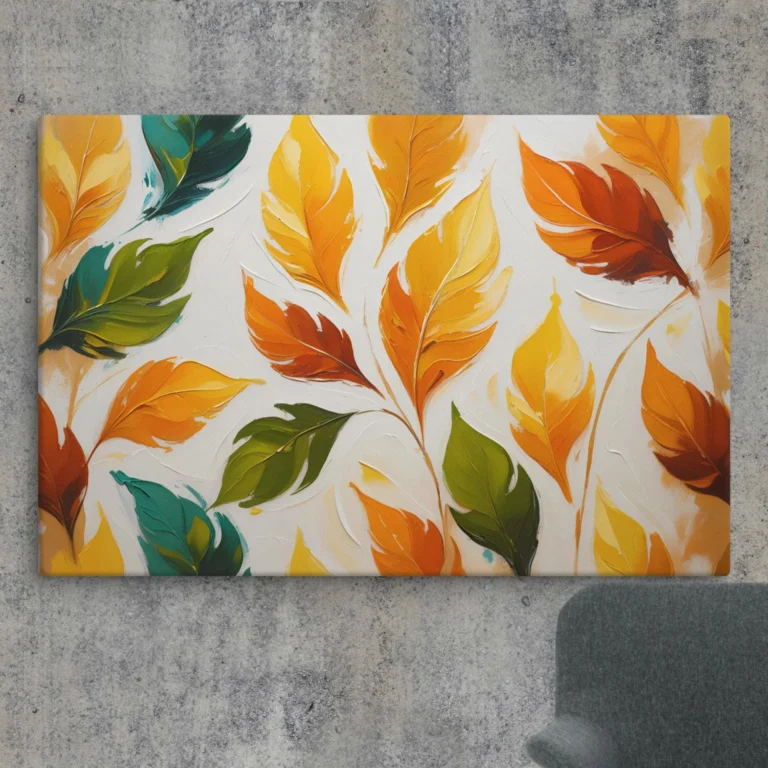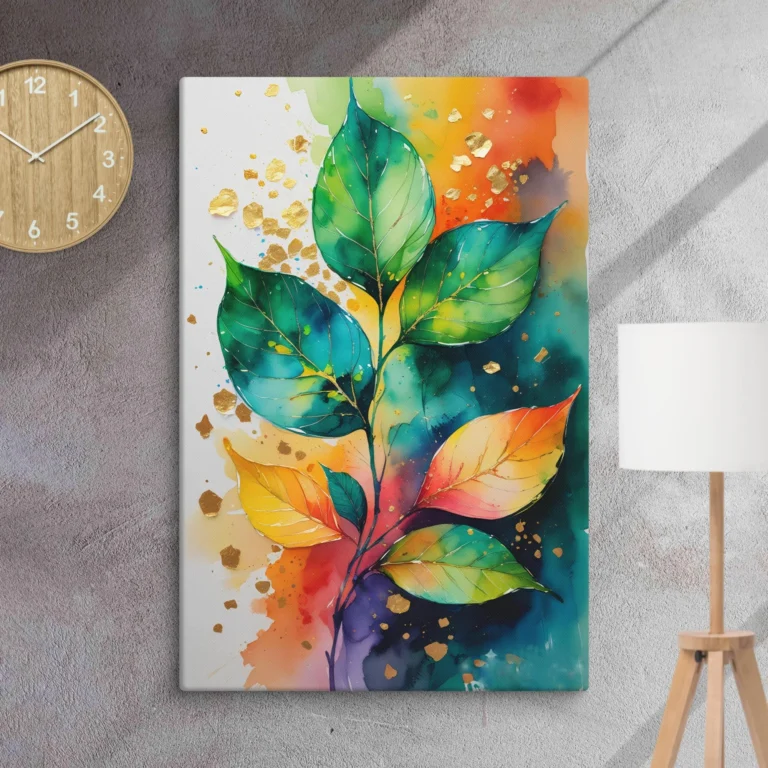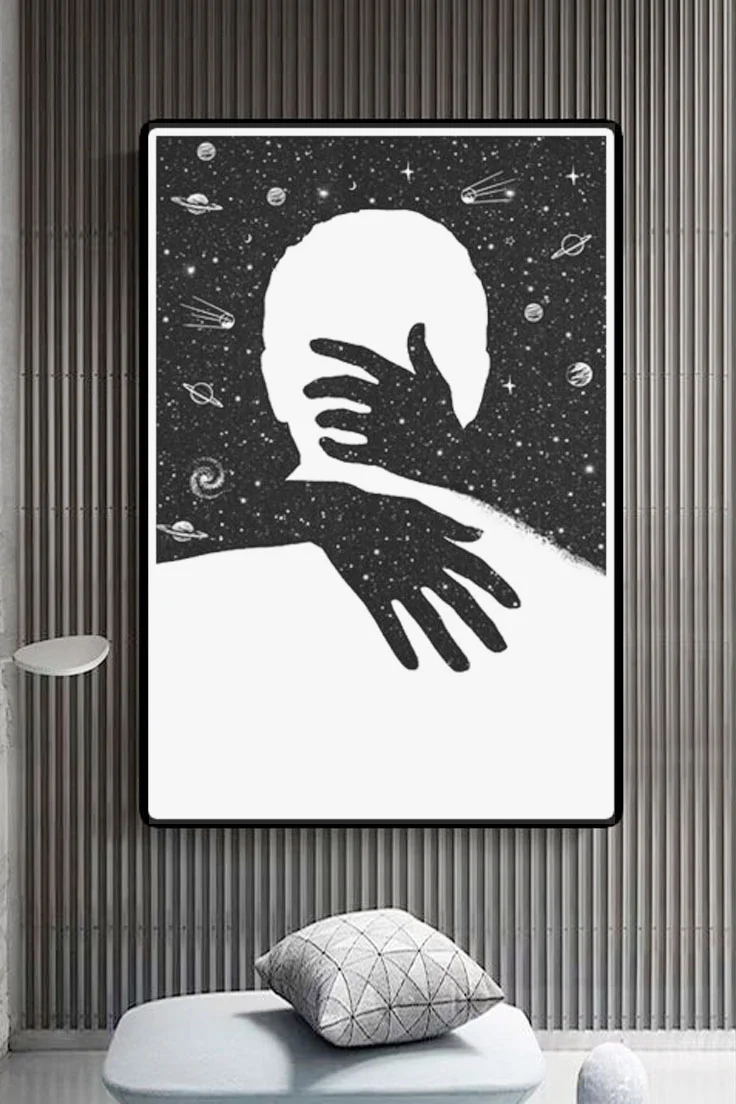Allah Kufic Calligraphy
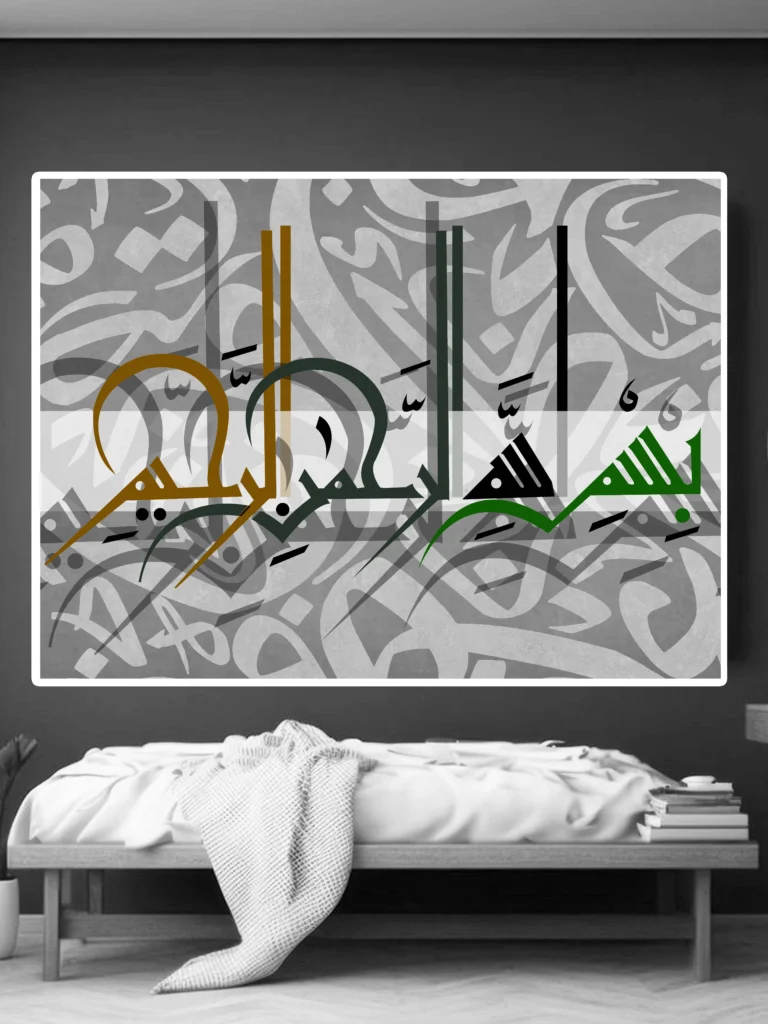
Allah Kufic Calligraphy bismillah
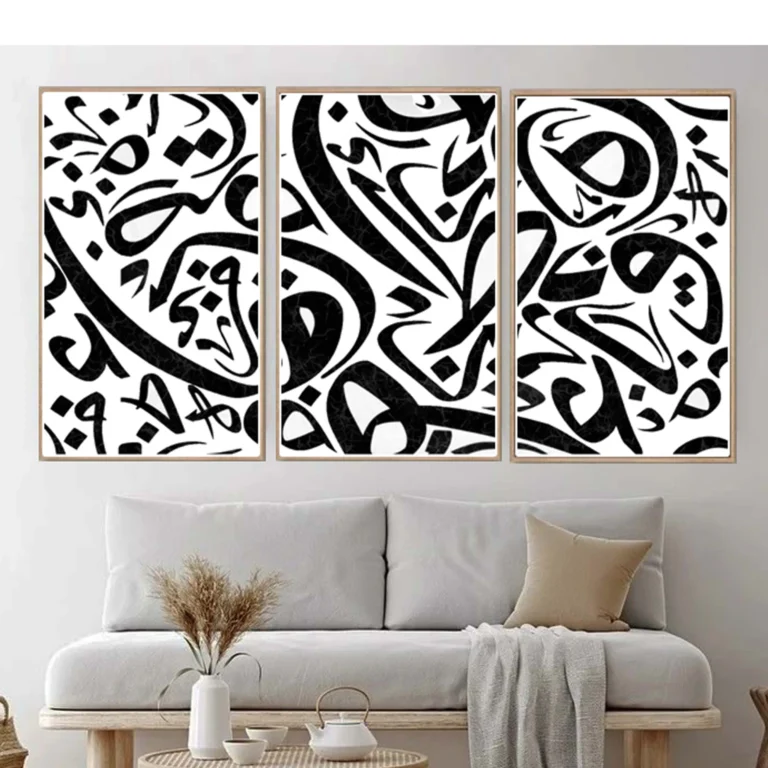
Kufic Calligraphy Alphabet Letters 3Panel
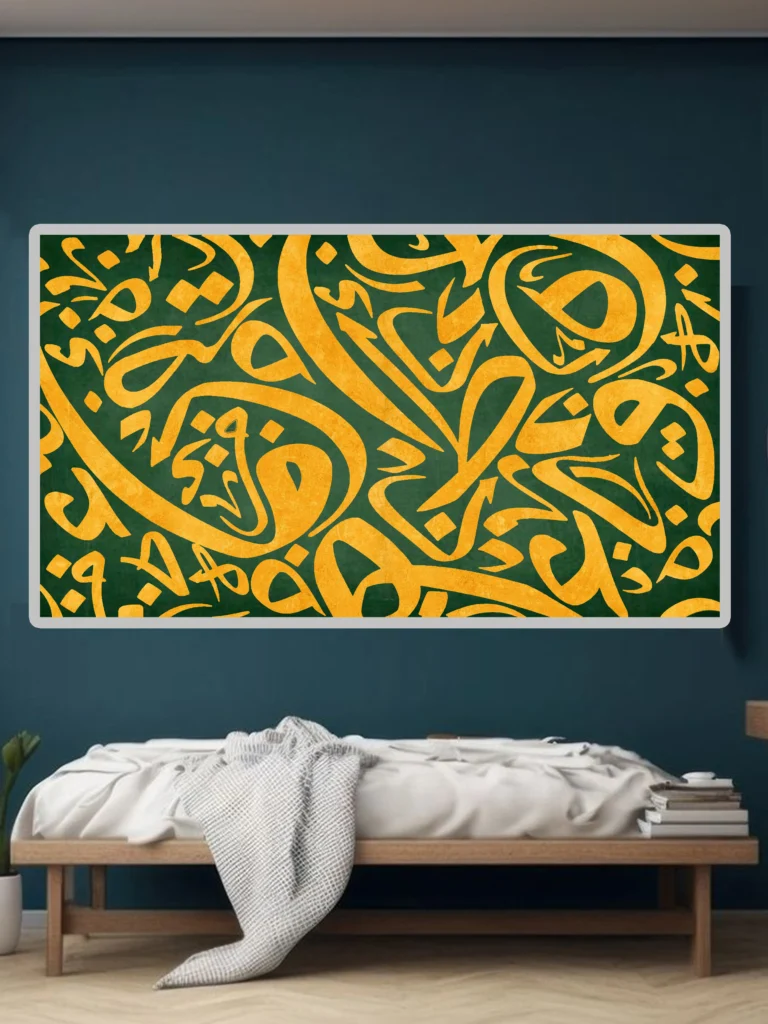
Arabic Calligraphy Alphabet Letters

bismillah Allah Kufic Calligraphy art
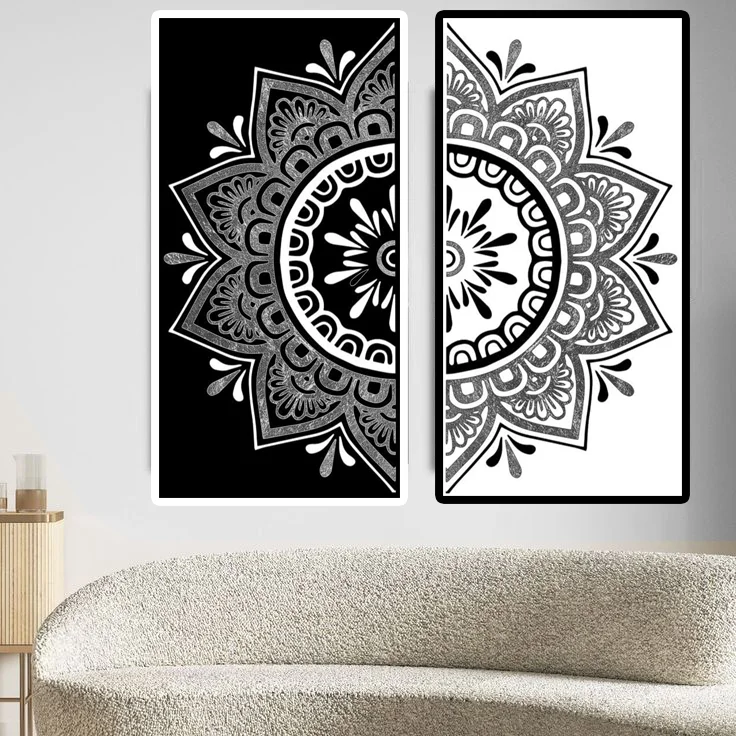
Black and White Mandala Pattern

Mandala Pattern 2 Panel
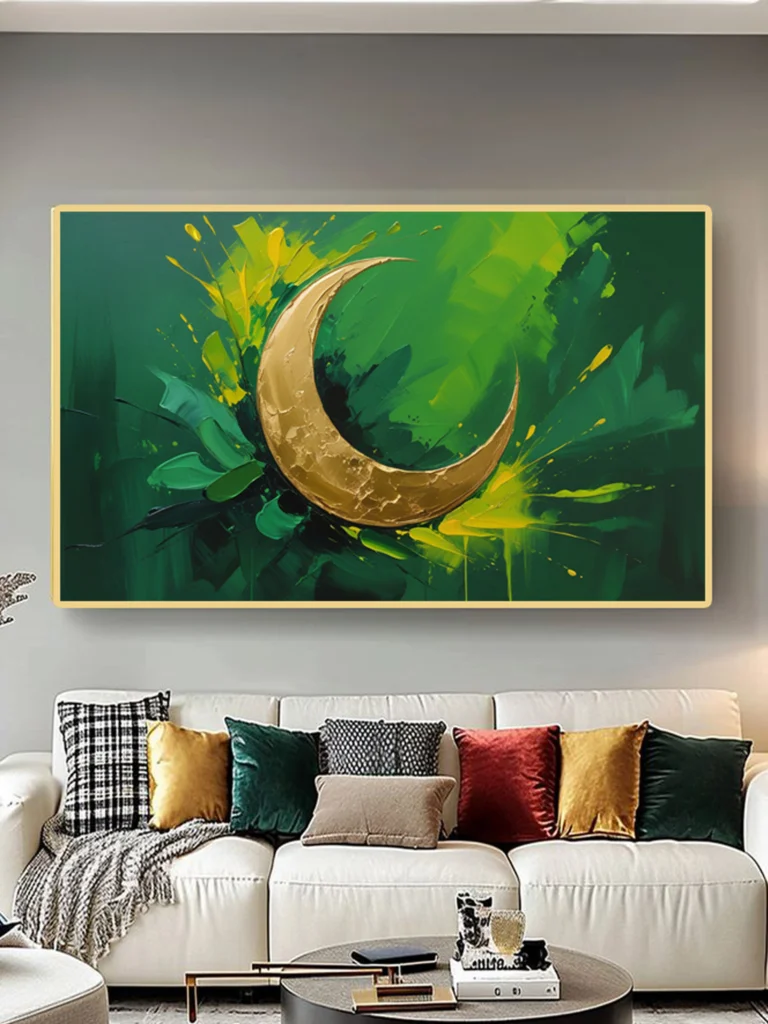
Golden Crescent Moon
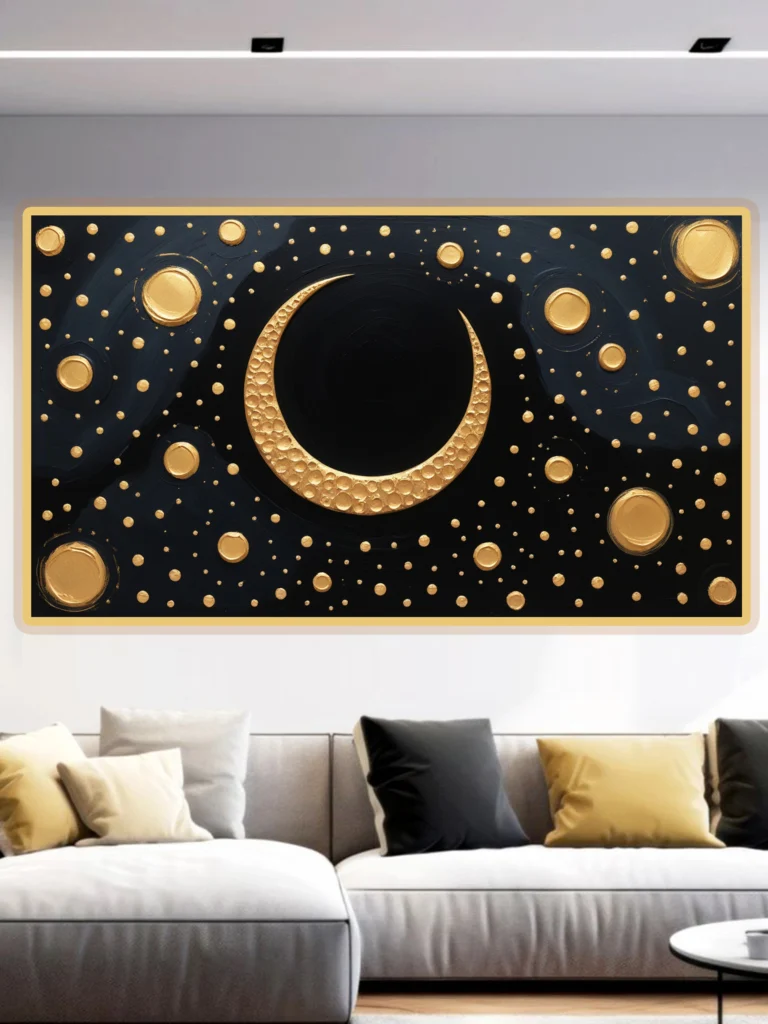
Crescent Moon

Palm Tree
Allah Kufic Calligraphy
Introduction: The Sacred Art of Writing Allah
Kufic calligraphy represents one of the most revered forms of Islamic artistic expression, particularly when used to write the name of Allah. This majestic script transforms the Divine Name into a visual meditation, blending spiritual devotion with geometric perfection. As the oldest Quranic script, Kufic carries historical weight while remaining strikingly relevant in contemporary Islamic art.
This comprehensive guide explores:
- The origins and significance of Kufic script
- Spiritual meaning behind “Allah” in calligraphy
- Evolution from classical to modern Kufic styles
- How to incorporate Allah Kufic art in home decor
- Where to find authentic pieces
Historical Roots of Allah Kufic Calligraphy
1. Birth of an Iconic Script
- Emerged in 7th century Kufa, Iraq as first formal Arabic script
- Primary vehicle for early Quran manuscripts
- Adorned architectural marvels like the Dome of the Rock
2. Characteristics of Classical Kufic
- Angular, geometric letterforms
- Horizontal emphasis with vertical accents
- Square proportions based on dot measurements
- Minimal diacritical marks
3. Why Kufic for Writing Allah – Allah Kufic Calligraphy ?
- Conveys divine majesty through monumental forms
- Geometric purity reflects Islamic concepts of unity
- Historical authenticity connects to early Islam
The Spiritual Significance of “Allah” in Calligraphy – Allah Kufic Calligraphy
1. Visual Theology
- Each stroke carries symbolic meaning:
- Vertical lines: Connection between heaven and earth
- Horizontal bars: Divine presence in creation
- Angular turns: The unchanging nature of God
2. Calligraphy as Devotion
- Traditional calligraphers perform ritual purification before writing
- Considered ibadah (worship) rather than mere artistry
- Master calligraphers train for decades to perfect the Name
3. Contemporary Spiritual Applications
- Mosque mihrabs and domes
- Islamic center installations
- Personal meditation pieces
Evolution of Allah Kufic Calligraphy Styles
1. Early Kufic (7th-10th Century)
- Features: Heavy angularity, compact spacing
- Example: Quranic fragments, coin inscriptions
2. Ornamental Kufic (11th-13th Century)
- Features: Floral fillers, extended terminals
- Example: Seljuk architectural decorations
3. Modern Kufic Interpretations
| Style | Characteristics | Uses |
| Minimalist | Clean lines, negative space | Contemporary homes |
| 3D Metal | Laser-cut steel/brass | Mosques, lobbies |
| Digital | Vector precision | Branding, apps |
| Abstract | Deconstructed forms | Art galleries |
Incorporating Allah Kufic Calligraphy Art in Modern Spaces
1. Residential Applications
- Living room statement wall
- Prayer area focal point
- Entryway blessing
2. Commercial Installations
- Hotel lobby centerpieces
- Office conference room art
- Restaurant cultural accents
3. Architectural Integration
- Facade ornamentation
- Glass partition etching
- Decorative screens
Where to Find Authentic Allah Kufic Calligraphy
1. Traditional Sources
- Istanbul’s Grand Bazaar calligraphy shops
- Cairo’s Khan el-Khalili artisan stalls
- Fez’s medina Quranic scribes
2. Contemporary Galleries
- Dubai’s Alserkal Avenue
- London’s Islamic Art Now
- Kuala Lumpur’s Islamic Arts Museum
3. Online Marketplaces
- Etsy (handmade pieces)
- Saatchi Art (premium works)
- ArabicCalligraphy.com (traditional scripts)
Collecting & Caring for Allah Kufic Calligraphy Art
1. Choosing Quality Pieces
- Look for handmade authenticity
- Verify artist credentials
- Consider material durability
2. Proper Display Guidelines
- Hang at eye level (57-60 inches)
- Use museum-quality framing
- Avoid direct sunlight
3. Spiritual Etiquette
- Place in respected locations
- Maintain clean surroundings
- Handle with reverence
The Future of Kufic Calligraphy
1. Digital Innovations
- AR/VR calligraphy experiences
- Animated Quranic verses
- NFT Islamic art collections
2. Global Appreciation
- Growing interest in Islamic geometric art
- Interfaith artistic collaborations
- Academic preservation efforts
Conclusion: Eternal Beauty of the Divine Name
Allah Kufic calligraphy represents more than aesthetic achievement—it’s a visual portal to contemplation of the Divine. As this ancient art form continues to inspire new generations, it remains a powerful bridge between Islamic heritage and contemporary creative expression.
Whether seeking spiritual connection or artistic admiration, Kufic renderings of Allah’s name offer timeless beauty with profound meaning.

